While no one seems to think it’s the best of the UK's inland courses, Woking has always been of special interest to golf course architecture enthusiasts outside of the UK. It’s notable as an early example of great redesign work, as members John Low and Stuart Paton went through the course hole-by-hole in the early 20th century, adding bunkers to make the holes more strategic and reshaping greens to make them more interesting. Many of these revisions (i.e. the centerline fourth hole fairway bunkers) remain interesting to this day and result is a course that, despite being on one of the less-interesting properties of the great heathland courses, is one of the most interesting.
Although Woking is an excellent course from tee-to-green, it’s most notable for its greens which are easily the best set of the London heathland courses and are perhaps the best set in the whole southeast England, with only those at Royal St. George’s and Royal Cinque Ports as competitors. Now great greens come in many forms—they can be large and wild like those at St. Andrews or smaller with a lot of smaller rolls like the sixteenth at Royal Cinque Ports.
But Woking’s green contours stand out as unique in my experience. While several are large and have more standard contours (like tiers), many are contoured unlike anything I’ve seen before, from the seven or eight small tiers of the twelfth green, to the hourglass-shaped tiers of the thirteenth green, to the bizarre nose-shaped tier that comes into the middle of the fifteenth green. And even some of the less contoured greens are genius in their simplicity and functionality—the green on the long par 4 seventeenth, falling gently from front-right to back-left, favoring a shot from the left side of the fairway is exemplary of this.
That sure sounds to me like a course that could contend for the top spot, even in a place with as many great courses as the London heathlands! But I don’t think that it’s quite up to the level of Sunningdale-Old, West Sussex, or Swinley Forest from tee-to-green and I think it lacks a bit of their beauty and charm as well. Having said that, I’m writing this review almost six years after my two visits to the course. I know that the club has been making a lot of improvements since, removing trees and adding heather (the club pro told me that if it were up to him, he’d turn it into Oakmont, removing all the trees!). So it’s possible that Woking has gained some ground on what to me were the top heathland courses since then.
Woking has a very unusual starting hole, but one that I really like—a 275 yard par 4 with a shallow green that falls away to the back. The drive is blind as far the last 60 or 70 yards of the hole but if you do the smart thing and hit it ~200 yards, you’ll be fine.
Problems start if you try to get it on or near the green. Bunkers left and trees/gorse pinch the fairway at about 225 yards. If you go for it, the ideal drive would be just over the right edge of the left fairway bunkers. The pro Carl (who has an outstanding guide on how to play each hole on the club’s website) told me that the best way to play this hole in the summer is to go over the green and pitch back uphill. Not my favorite hole as a starter, but an excellent hole in its own right.
Although Woking is an excellent course from tee-to-green, it’s most notable for its greens which are easily the best set of the London heathland courses and are perhaps the best set in the whole southeast England, with only those at Royal St. George’s and Royal Cinque Ports as competitors. Now great greens come in many forms—they can be large and wild like those at St. Andrews or smaller with a lot of smaller rolls like the sixteenth at Royal Cinque Ports.
But Woking’s green contours stand out as unique in my experience. While several are large and have more standard contours (like tiers), many are contoured unlike anything I’ve seen before, from the seven or eight small tiers of the twelfth green, to the hourglass-shaped tiers of the thirteenth green, to the bizarre nose-shaped tier that comes into the middle of the fifteenth green. And even some of the less contoured greens are genius in their simplicity and functionality—the green on the long par 4 seventeenth, falling gently from front-right to back-left, favoring a shot from the left side of the fairway is exemplary of this.
That sure sounds to me like a course that could contend for the top spot, even in a place with as many great courses as the London heathlands! But I don’t think that it’s quite up to the level of Sunningdale-Old, West Sussex, or Swinley Forest from tee-to-green and I think it lacks a bit of their beauty and charm as well. Having said that, I’m writing this review almost six years after my two visits to the course. I know that the club has been making a lot of improvements since, removing trees and adding heather (the club pro told me that if it were up to him, he’d turn it into Oakmont, removing all the trees!). So it’s possible that Woking has gained some ground on what to me were the top heathland courses since then.
Woking has a very unusual starting hole, but one that I really like—a 275 yard par 4 with a shallow green that falls away to the back. The drive is blind as far the last 60 or 70 yards of the hole but if you do the smart thing and hit it ~200 yards, you’ll be fine.
Problems start if you try to get it on or near the green. Bunkers left and trees/gorse pinch the fairway at about 225 yards. If you go for it, the ideal drive would be just over the right edge of the left fairway bunkers. The pro Carl (who has an outstanding guide on how to play each hole on the club’s website) told me that the best way to play this hole in the summer is to go over the green and pitch back uphill. Not my favorite hole as a starter, but an excellent hole in its own right.
While the first is a par 3 1/2 masquerading as a par 4, the second is a par 3 1/2 masquerading as a par 3—about 225 yards over a shallow valley with 2 bunkers short-right and a green with a tier running diagonally from front-left to back-right. While I don’t believe those elements have changed, my pictures don’t do the current hole justice as the club has removed the oak tree and the hedge left of the green (which Carl hated) which has been replaced by heather.
The long par 4 third has been singled out by Tom Doak and others as one of Woking’s best holes. It’s certainly difficult—the hole doglegs right but the fairway slopes right-to-left, so you really need to hit a good drive to get within decent firing range of the green.
You also need distance off the tee because the green is fronted by a bunker and, unless the conditions are firm, needs to be approached from the air. Unfortunately both times that I visited Woking—early spring and summer 2016—the course was soft. The green is small and almost cruelly contoured for such a long par 4.
You also need distance off the tee because the green is fronted by a bunker and, unless the conditions are firm, needs to be approached from the air. Unfortunately both times that I visited Woking—early spring and summer 2016—the course was soft. The green is small and almost cruelly contoured for such a long par 4.
Perhaps even more noteworthy is the short par 4 fourth, noteworthy for Low and Paton’s centerline bunkers between 240 and 260 from the tips. Although it may not matter so much these days, especially when the green is soft, the tilt of the green from left-to-right favors an approach from the right side.
This was the site of one of my prouder moments on a golf course. After stupidly driving it in one of the bunkers in my second round, I knocked by ~110 yard approach to about 10 ft., drawing a round of applause from my gallery of 1 maintenance crew guy.
This was the site of one of my prouder moments on a golf course. After stupidly driving it in one of the bunkers in my second round, I knocked by ~110 yard approach to about 10 ft., drawing a round of applause from my gallery of 1 maintenance crew guy.
Five is another short (~360 yard) par 4 which again, shouldn’t be too difficult if you’re conservative off the tee. The fairway narrows between heather right and a bunker left at ~250. The real feature here is the wild 4-ish tiered green, of which I unfortunately don’t have a useful picture.
The 420 yard par 4 sixth turns the screws off the tee, with bunkers starting at 230 on the right and another at 260 on the left. This is undoubtedly Woking’s toughest driving hole. If you haven’t hit a good drive, the approach is very difficult because while the green is large, it’s fronted by a stream that meanders from its front-left to right. Unlike most of Woking’s other great greens, this one is great for its subtlety—you’re going to have to figure out what to make of a lot of little humps and bumps if you’re too far from the hole.
Seven is 160 yards to a green bunkered front-left and right. But again, the green is the star here and it’s different from any of the others. The primary features were mounds intruding into the putting surface left, right, and long. Putts across the middle of the green weren’t too hard but the mounds made most chips quite difficult.
The drive on the 445 yard eighth is one of the more generous on the course (but don’t miss right). The real challenge is the elegant uphill approach, over several heather-edged bunkers. The one left is a few yards short of the green and there’s definitely room to run the ball on. I remember this green being similar to eight in that it was large and full of subtle contours, although it also slopes back-to-front.
The 470 yard ninth is probably the most controversial hole at Woking and in talking with Carl, it seemed that they wanted to change it, but weren’t sure what to change it to.
I actually didn’t mind it. It is a very awkward drive, uphill with a large pine at the corner of the dogleg-left and a fairway sloping right toward a large oak tree on the right. Long hitters can carry the tree, but that requires a drive that’s near it’s apex at 225 yards—not easy for most of us. The rest of us need to be clever, either threading a drive, shaping a draw off the oak, or laying back. While the approach is very uphill, there isn’t trouble short so you can hit it from long range with a good shot.
It’s a very tough hole but it’s completely playable if you’re smart and execute reasonably well.
I actually didn’t mind it. It is a very awkward drive, uphill with a large pine at the corner of the dogleg-left and a fairway sloping right toward a large oak tree on the right. Long hitters can carry the tree, but that requires a drive that’s near it’s apex at 225 yards—not easy for most of us. The rest of us need to be clever, either threading a drive, shaping a draw off the oak, or laying back. While the approach is very uphill, there isn’t trouble short so you can hit it from long range with a good shot.
It’s a very tough hole but it’s completely playable if you’re smart and execute reasonably well.
Ten is similar in length to seven but there’s even more of a premium on accuracy here—if you miss left, your ball could run well down the hill toward the woods. And if you miss right, your second from the bunkers could run well down the hill toward the woods…
Eleven, a par 4 of 400 yards, is just a very solid hole. It’s pretty clear from the tee what the main issue is here—the hole doglegs right but the fairway slopes (pretty good) to the left. You either need to work a fade or lay back. The approach is gently uphill to a well-defended green.
Carl thought that the drive on the 415 yard twelfth was a bit of a weakness and I agree. He thought that they should add some fairway bunkers, I suggested bringing the heather in on the right.
But maybe it makes sense that the drive is easy because the green is the wildest on this and probably almost any other course. It’s pretty hard to describe; broadly speaking, it’s sort-of three-tiered with a high left and low right side. But the green also slopes front-to-back and each broad section of the green has tiers within, creating six or seven sections. This green must be on any short list of the best greens in the world.
Yet as far as originality is concerned, the thirteenth green is right up there with it. This 435 yard par 4 begins underneath a large chestnut tree and doglegs left around a bunker at ~210 and some very thick heather. Like on nine, you can get stuck behind trees if you go too far up the right. This is one of Woking’s most challenging driving holes.
I suppose that the green could be described as a double plateau, with high tiers front-left and back-right. But on standard double-plateau greens, the middle of the green is just a trough. Not so here. The lower front-right and back-left sections fan out, creating bowls rather than a channel. I’m not sure that the back-left bowl is large enough for a pin placement, but there are several at the front-right. I’d love to see a 3-D diagram of this green. It may not be quite as interesting as the twelfth, but it’s second-to-none in originality.
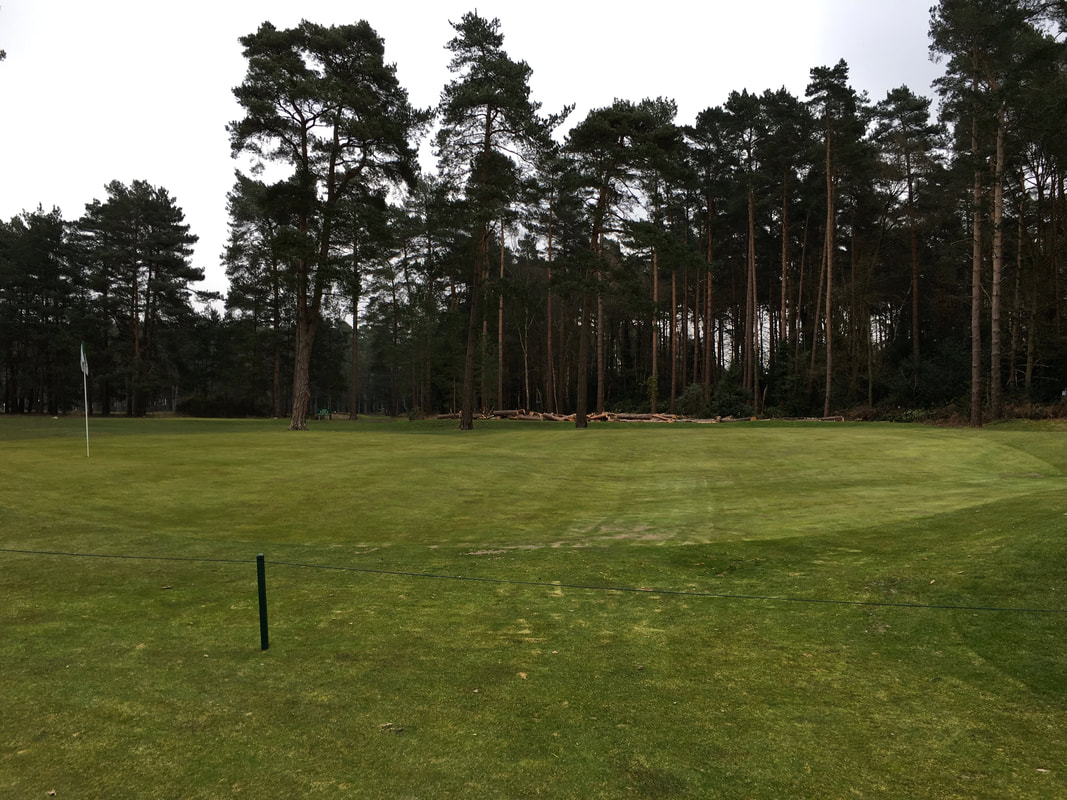
It's tough to do this green justice with iPhone pictures and words. I'd describe the contours as two hourglasses placed on top of each other to make a cross, set at a front-left to back-right diagonal to the fairway. The front-left to back-right hourglass is the high plateau while the front-right to back left. is the low one.
The 550 yard par 5 fourteenth is a favorite because of the proximity of the green to the clubhouse and the local rule that you have to play a shot from the patio, proshop, roof or wherever else your ball might end up.
But the hole isn’t just about the green. It’s a challenging, diagonal drive over heather. If you end up in it, it’ll be tough to get past the fairway bunkers that encroach from the right at 350. The run into the green is wide-open and the hole shouldn’t be too hard if you hit a good drive. But don’t overshoot the approach!
But the hole isn’t just about the green. It’s a challenging, diagonal drive over heather. If you end up in it, it’ll be tough to get past the fairway bunkers that encroach from the right at 350. The run into the green is wide-open and the hole shouldn’t be too hard if you hit a good drive. But don’t overshoot the approach!
Fifteen is another (shorter) par 5 with heather off the tee, this time mostly on the left. This is one of the tighter driving holes and again, if you hit a poor drive, you’ll have to carry a patch of heather that cuts into the fairway ~150 yards short of the green.
But while all of that is fairly interesting, it has nothing on the green, which is one of the most eccentric of all. Probably the simplest description of it is that it has a higher, horseshoe-shaped tier around the back with a big hump in the middle of the lower front tier. But this hump is sort-of connected to the back tier and I came to think of the green over the course of my four plays as like a face—the back tier is the forehead and the bump in the front is the nose, connected to the forehead by a lower bridge. Maybe I'm getting a bit carried away with the description, but there’s no doubt that the green is unusual and interesting…and great.
The par 3 sixteenth had just been completely redone before my visit. It used to play to a deep, narrow green right of the pond, but they built a new one left of the pond because people kept hitting cars on the road to the right of the old one. While it creates about a 110 yard walk to the seventeenth tee, I really liked the new hole. They clearly focused on replicating the wildness of some of the other greens although the bump in the back-middle of the green was really taking a beating from the lawnmowers and foot traffic. Hopefully they’ve figured that out since.
While most of the best holes at Woking are that because of heavily contoured greens, the 430 yard seventeenth is great because of its subtlety. In fact, this is one of the best subtle holes that I’ve played. It plays over flat ground and the only real features are two bunkers short and right of the green.
But unless you’re a very long hitter, these bunkers entirely dictate how you should play the hole. They block the direct line of an approach from the right side of the fairway and the green also slopes slopes away from you at this angle, from front-right to back-left. This is one of the best examples of a lay-of-the-land, fall-away green that I’ve seen and to me, this hole represents a completely different gear for the course—creativity and greatness in subtlety rather than boldness.
But unless you’re a very long hitter, these bunkers entirely dictate how you should play the hole. They block the direct line of an approach from the right side of the fairway and the green also slopes slopes away from you at this angle, from front-right to back-left. This is one of the best examples of a lay-of-the-land, fall-away green that I’ve seen and to me, this hole represents a completely different gear for the course—creativity and greatness in subtlety rather than boldness.
The short par 4 eighteenth is a bit less demanding than some of what’s come before although you want to be careful not to use too much of the generous bailout area left off the tee—the green is three-tiered from high-left to low-right and it’ll be much more difficult from the left side of the fairway to play to left pins (which are also protected by two oak trees) or to stop your ball if playing to those in the center or on the right.
I wasn’t sure after six years how sharp my memory would be or how well the inspiration would flow in writing about Woking. Neither was an issue. I actually thought I had more pictures than I did because I’m remembering things of which I thought I had pictures, but didn’t. Still, more than any course I’ve played, I wish I had photographed Woking with a good camera rather than my iPhone because the greens deserve to be seen in as much detail as possible. The only course that I’ve seen with as much originality in the green contours is the South Course at Oakland Hills and we all know what company that course keeps (especially now with the Gil Hanse redo).
As for how Woking compares with its more local peers, I agree with the consensus that it’s the best of the 3 Ws. While it may be on the least interesting terrain of the 3, it obviously blows them away at the greens. But it might also be the best from tee-to-green. There aren’t a ton of fairway bunkers but several fairways pinch in critical spots while others have reverse cambers that demand thoughtful shaping. While Woking gets and deserves most of its attention for its greens, it’s a very good driving course.
Still, I’m reluctant to put Woking in the top 5 London-area heathlands, which for me would probably be the two Sunningdales, West Sussex, Swinley Forest, and St. George’s Hill. Now the first thing you’d notice about that group is that 4 of the 5 routinely make world top 100 lists, so it’s a pretty high bar (and the one that doesn’t—West Sussex—probably should). But those courses are all on more interesting terrain than Woking and have a bit more design interest from tee-to-green. It’s difficult to match the use of terrain as a driving challenge at St. George’s Hill, the fairway bunkering of West Sussex, or the tee-to-green variety and oddness of Sunningdale-Old.
Still, if you have to spend some mental energy thinking about why Woking might not quite be up to the standard of those courses, it’s clearly a great course. Many have noted that it’s one of the first courses an architecture enthusiast visiting London should see and I completely agree with that. As a practical matter, it’s also one of the easiest courses to reach from the city because most of the express trains going southwest run from Victoria Station straight to Woking Station, from which it’s just a short cab ride to the course.
As for how Woking compares with its more local peers, I agree with the consensus that it’s the best of the 3 Ws. While it may be on the least interesting terrain of the 3, it obviously blows them away at the greens. But it might also be the best from tee-to-green. There aren’t a ton of fairway bunkers but several fairways pinch in critical spots while others have reverse cambers that demand thoughtful shaping. While Woking gets and deserves most of its attention for its greens, it’s a very good driving course.
Still, I’m reluctant to put Woking in the top 5 London-area heathlands, which for me would probably be the two Sunningdales, West Sussex, Swinley Forest, and St. George’s Hill. Now the first thing you’d notice about that group is that 4 of the 5 routinely make world top 100 lists, so it’s a pretty high bar (and the one that doesn’t—West Sussex—probably should). But those courses are all on more interesting terrain than Woking and have a bit more design interest from tee-to-green. It’s difficult to match the use of terrain as a driving challenge at St. George’s Hill, the fairway bunkering of West Sussex, or the tee-to-green variety and oddness of Sunningdale-Old.
Still, if you have to spend some mental energy thinking about why Woking might not quite be up to the standard of those courses, it’s clearly a great course. Many have noted that it’s one of the first courses an architecture enthusiast visiting London should see and I completely agree with that. As a practical matter, it’s also one of the easiest courses to reach from the city because most of the express trains going southwest run from Victoria Station straight to Woking Station, from which it’s just a short cab ride to the course.
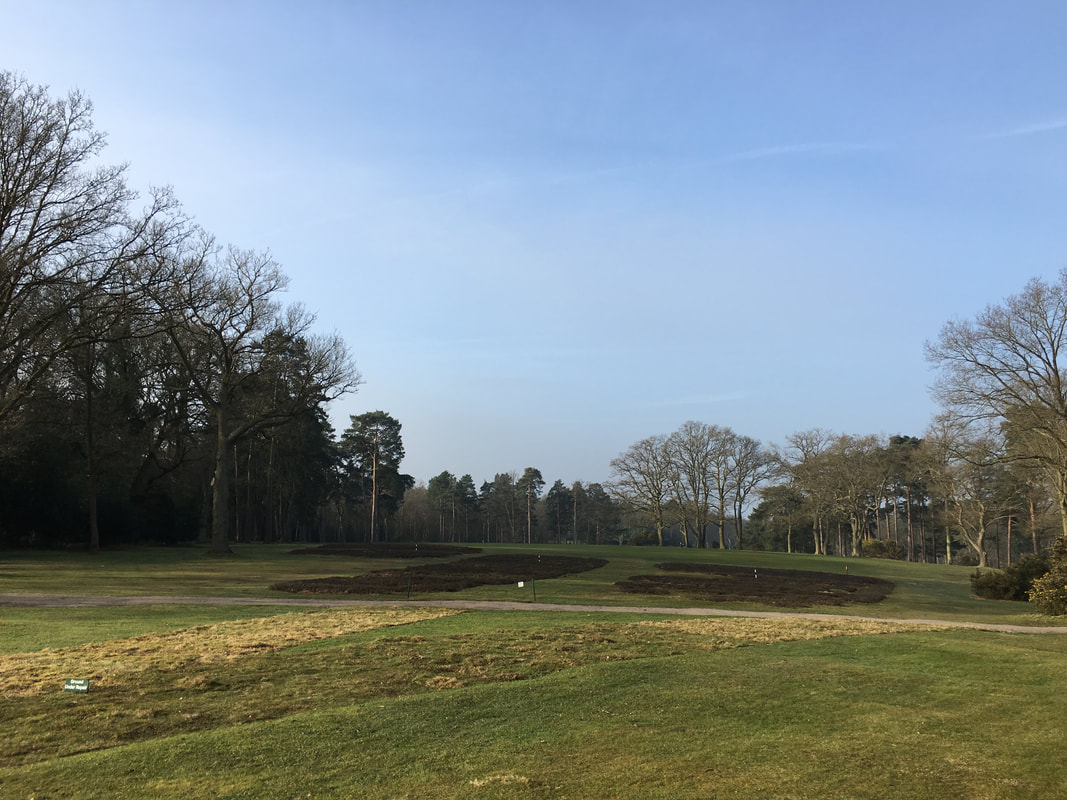
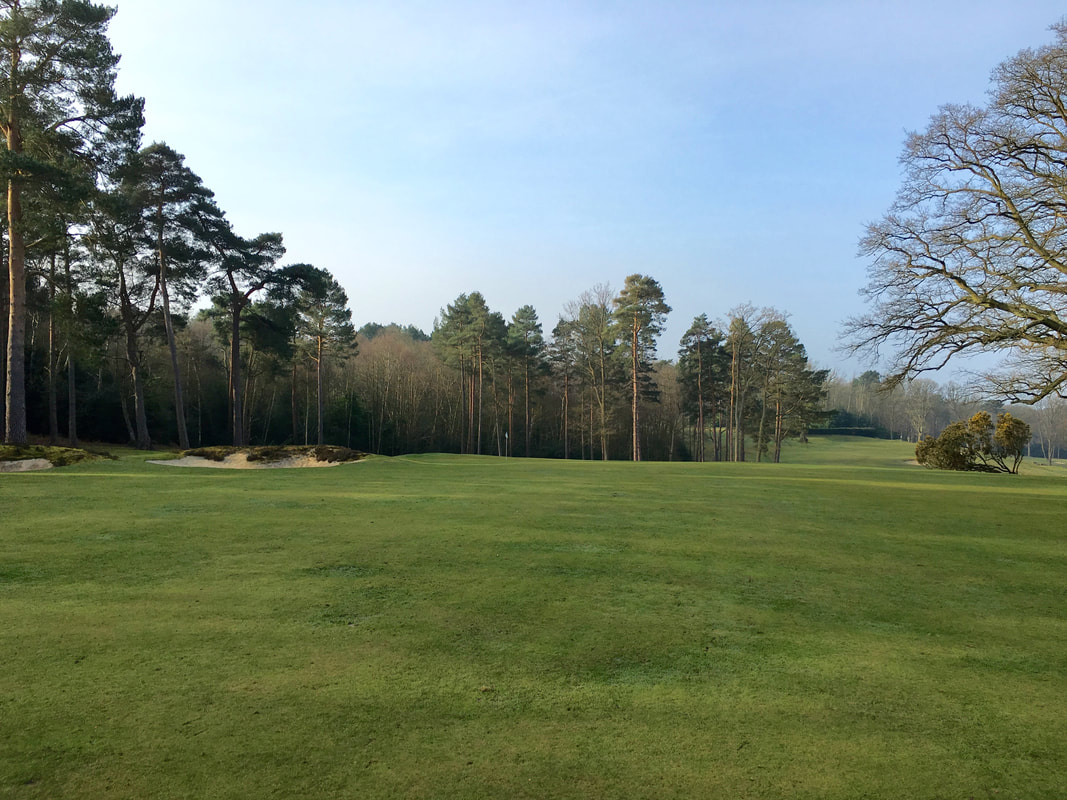
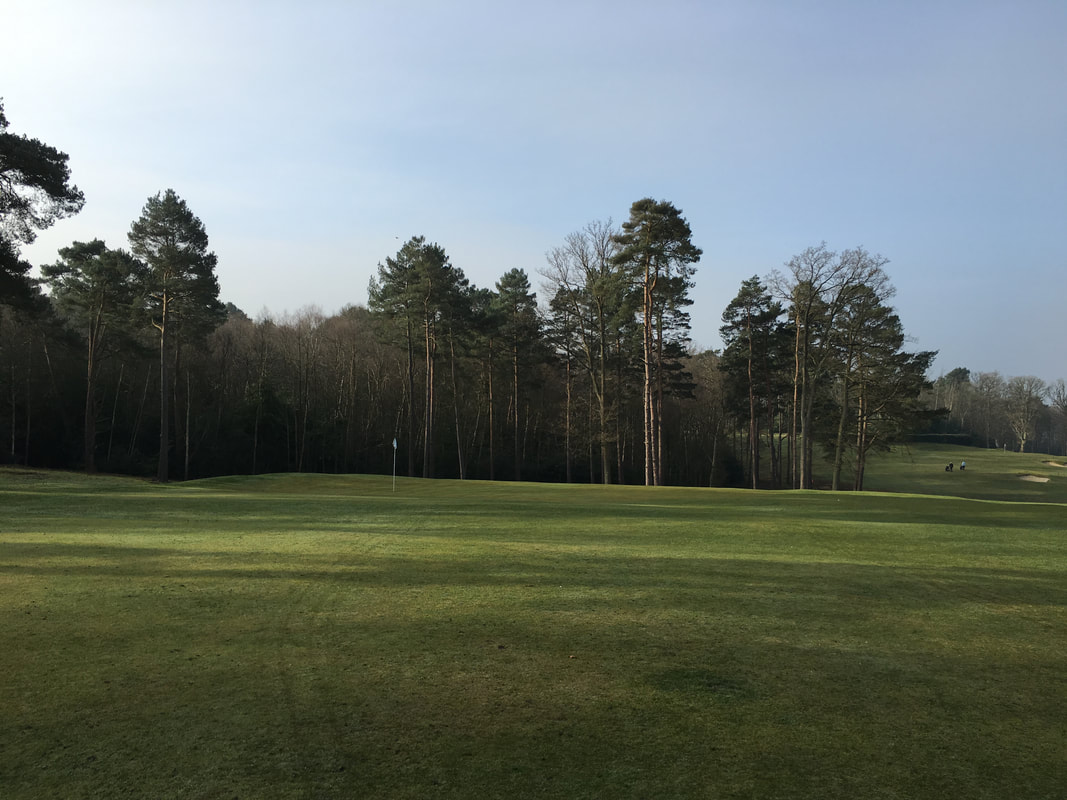
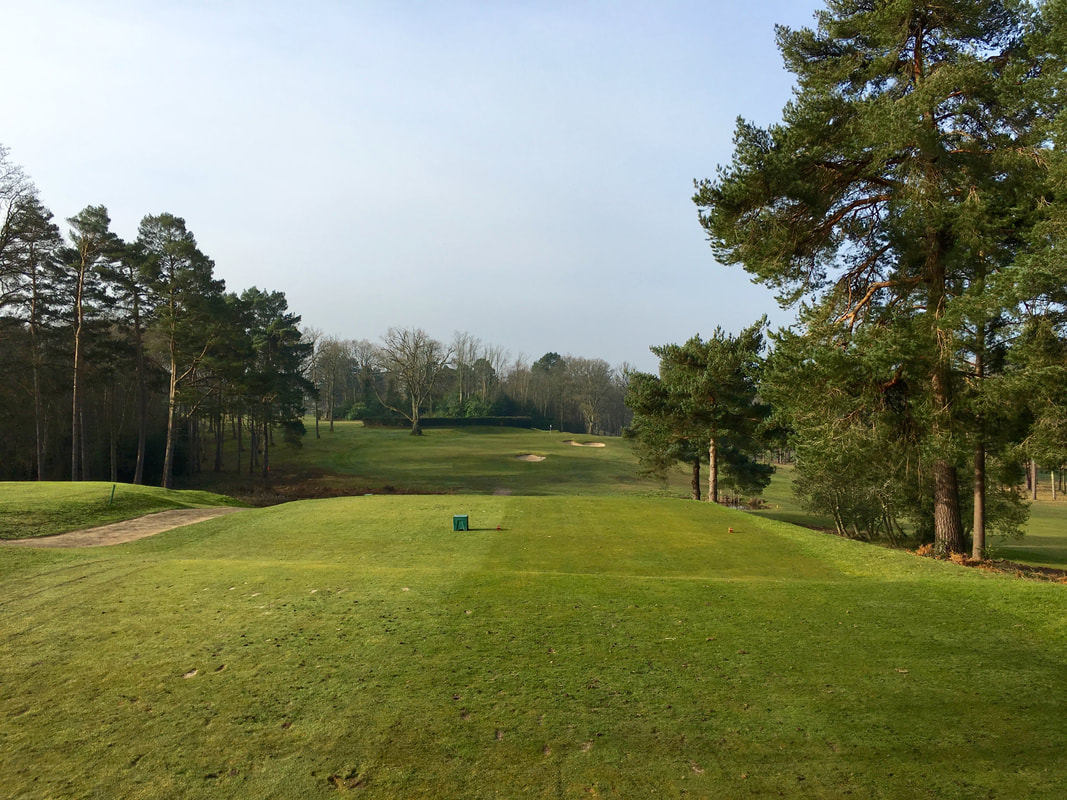
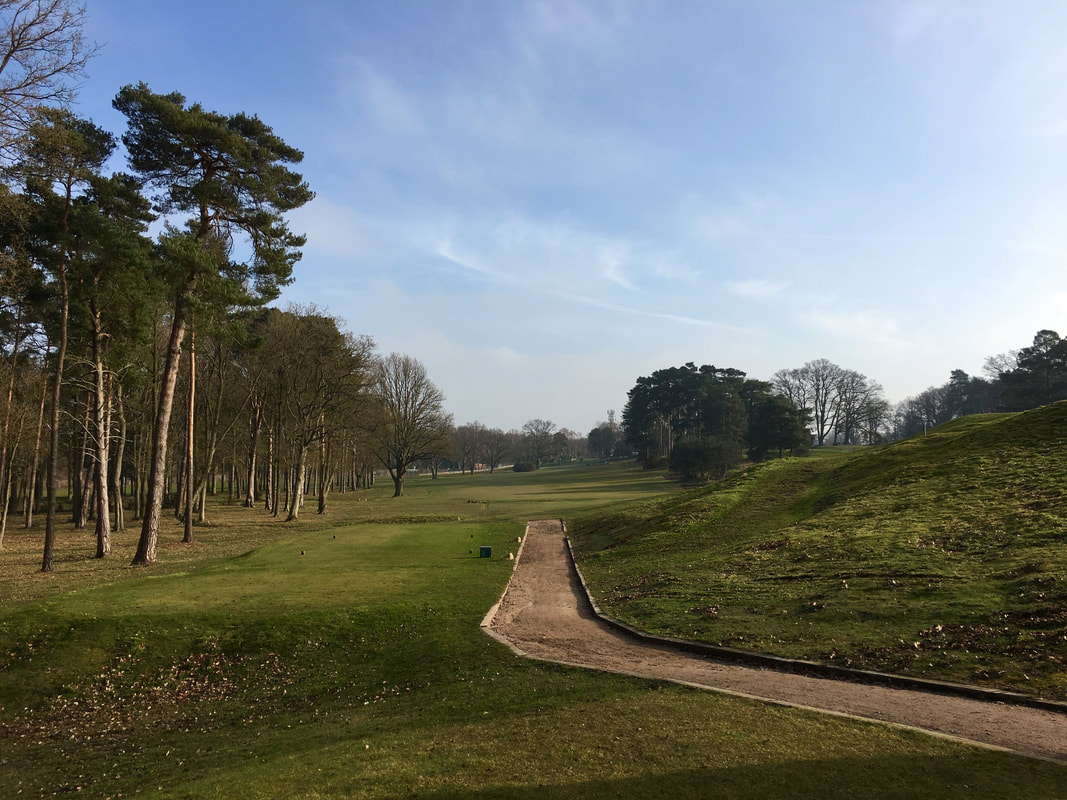
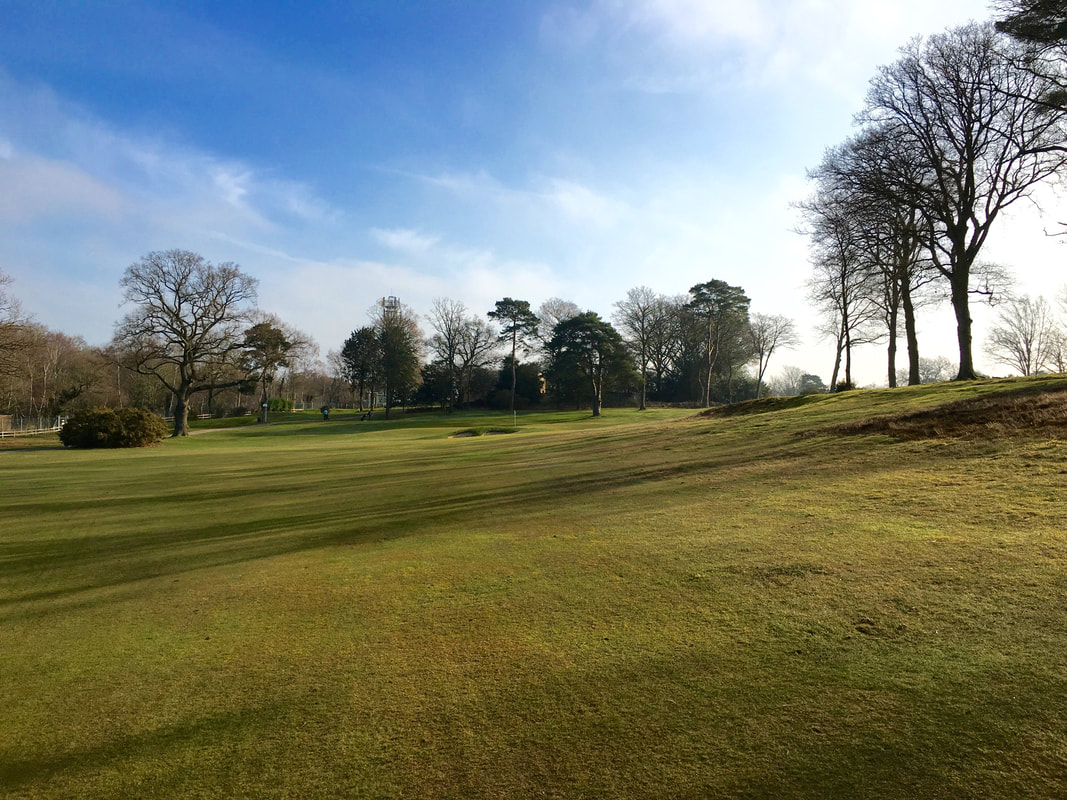
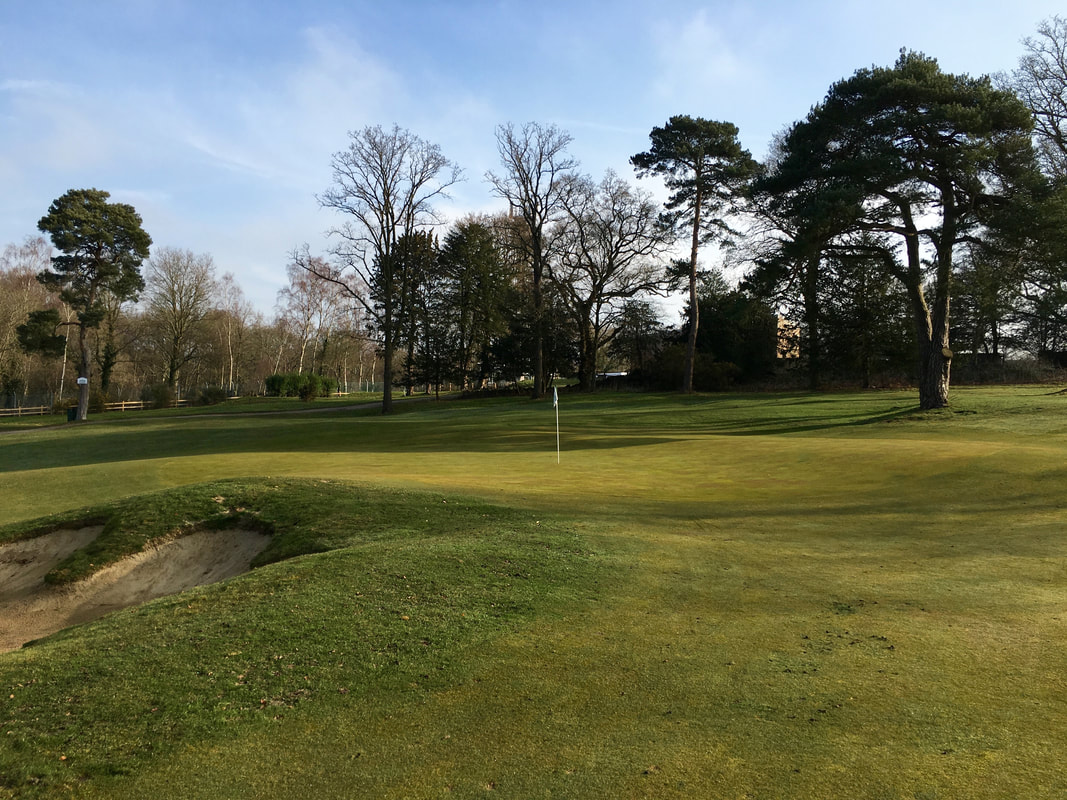
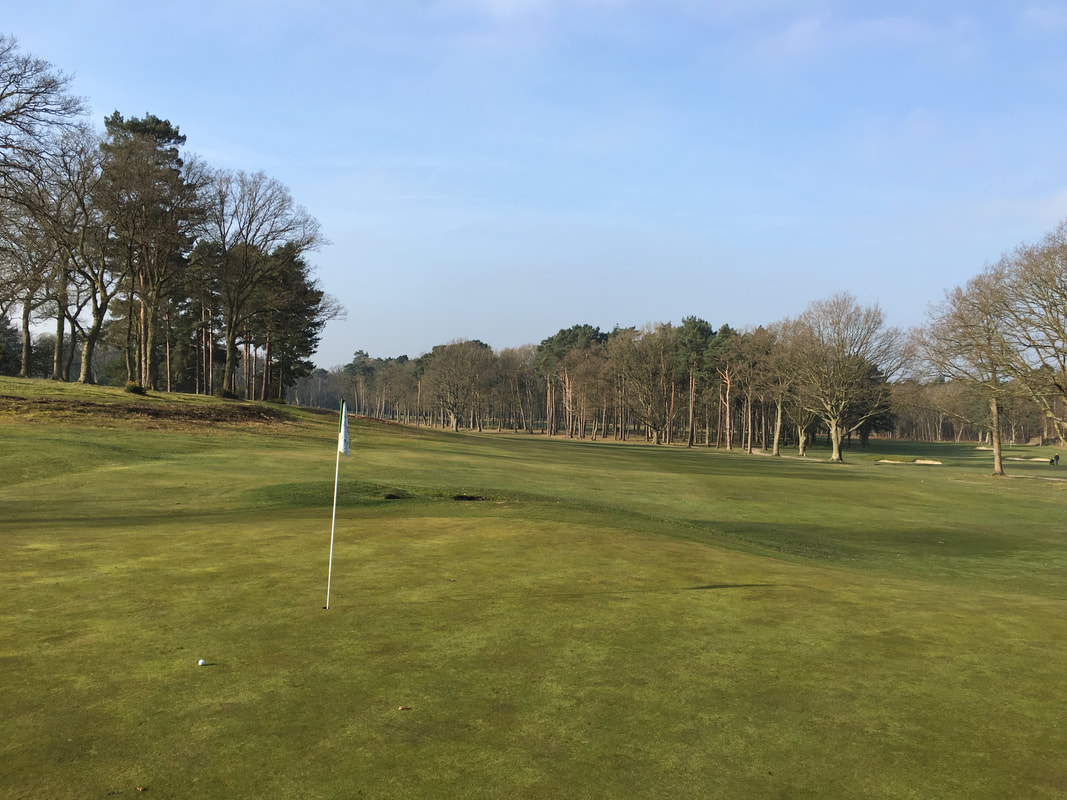
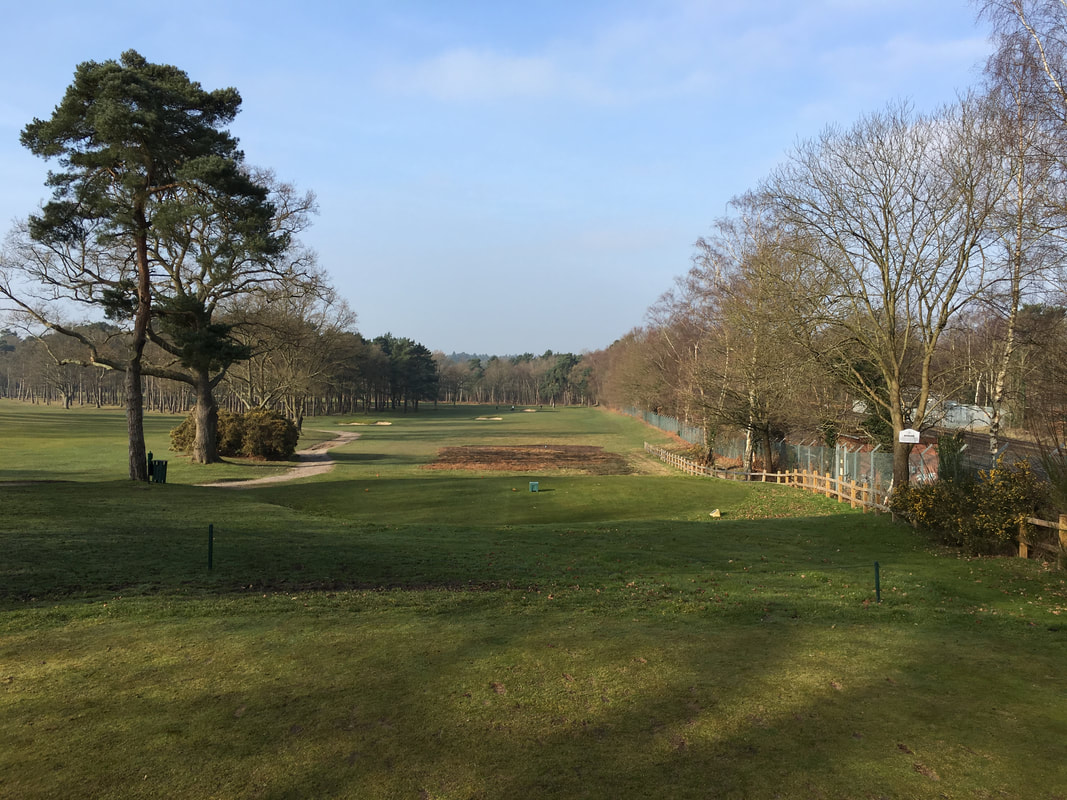

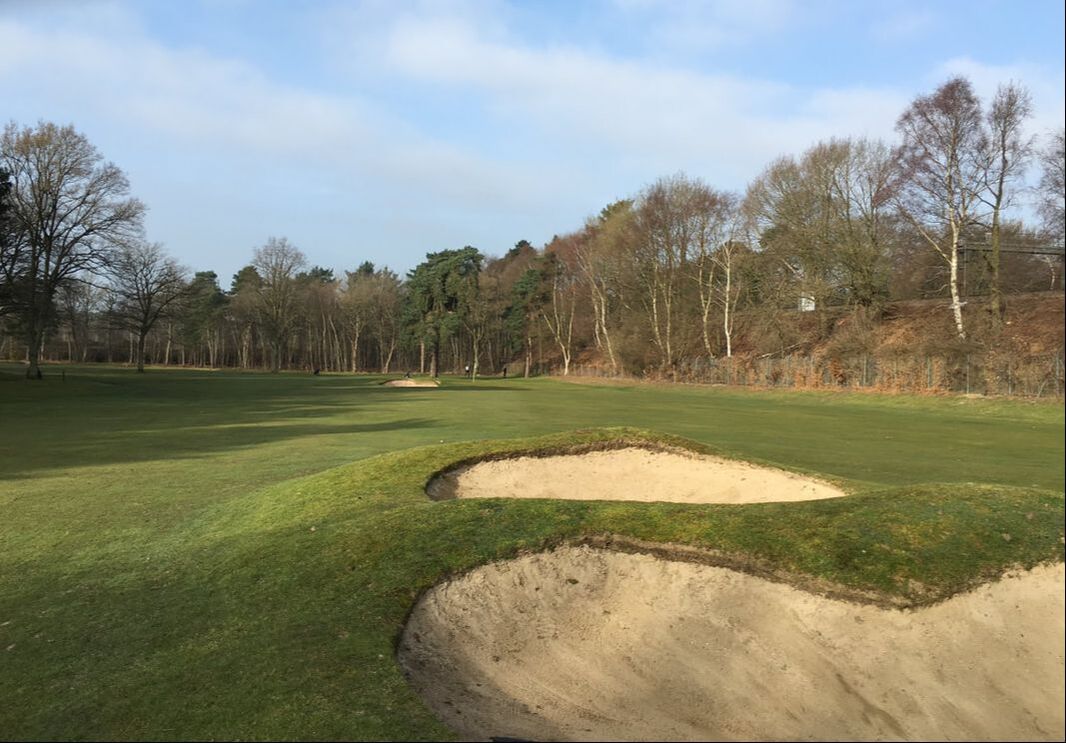
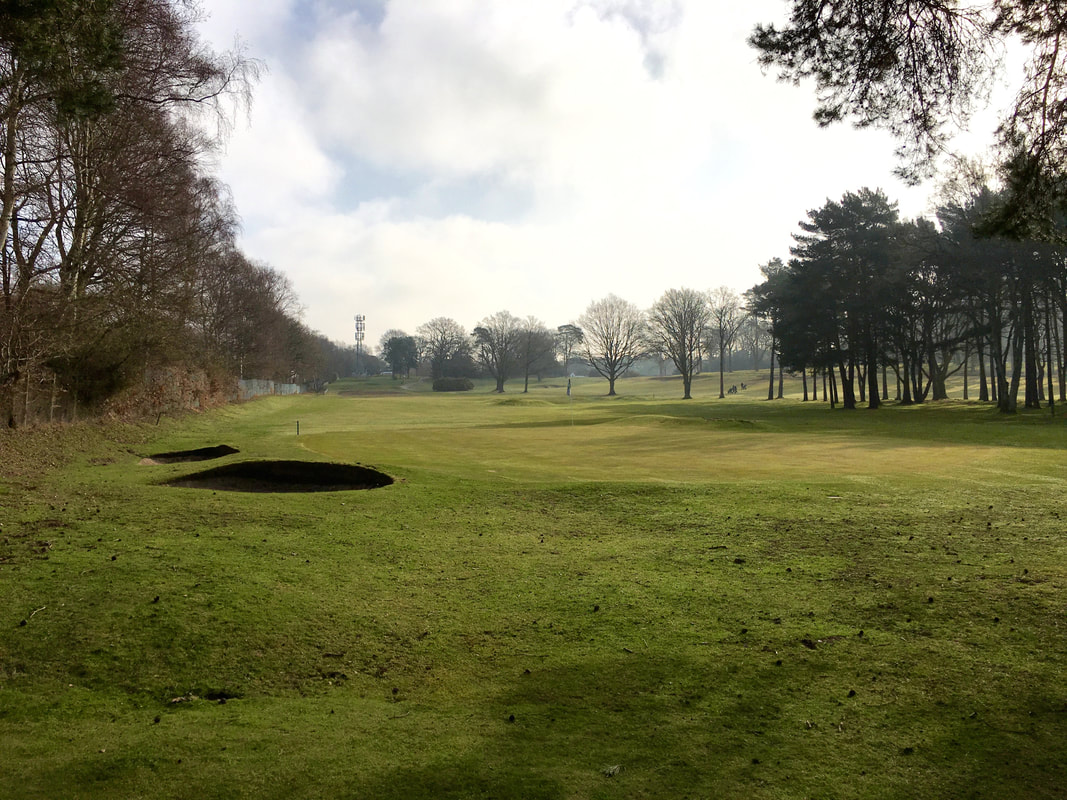
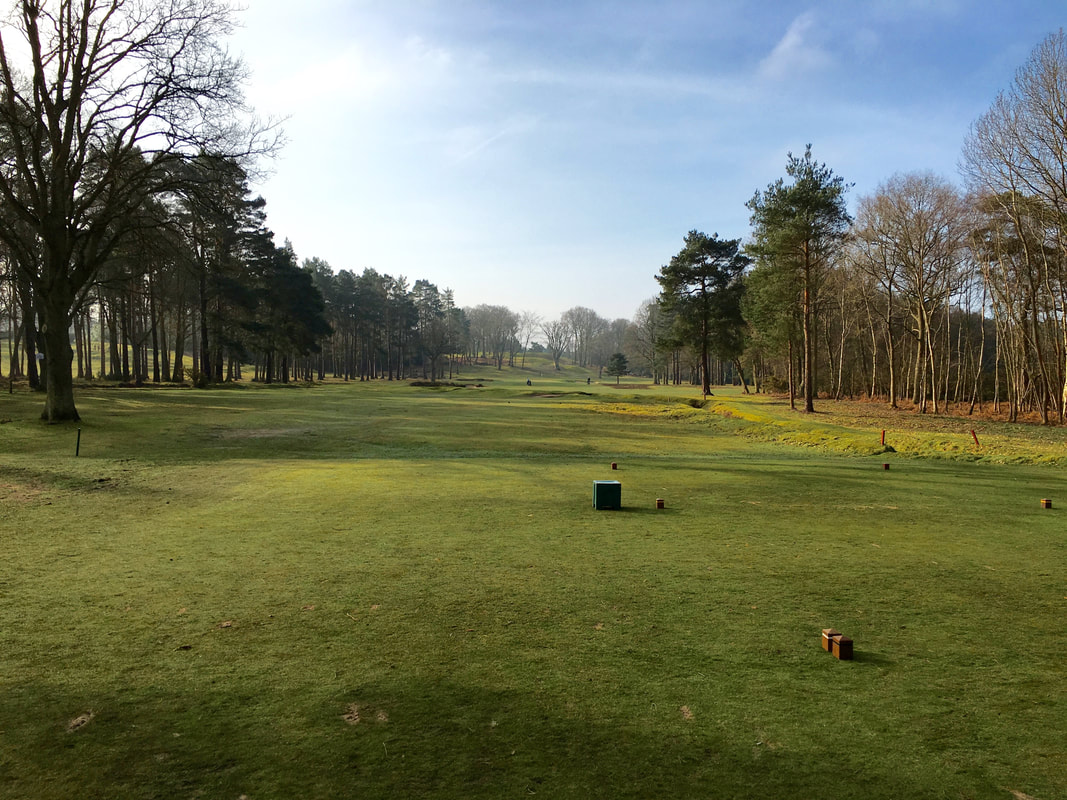
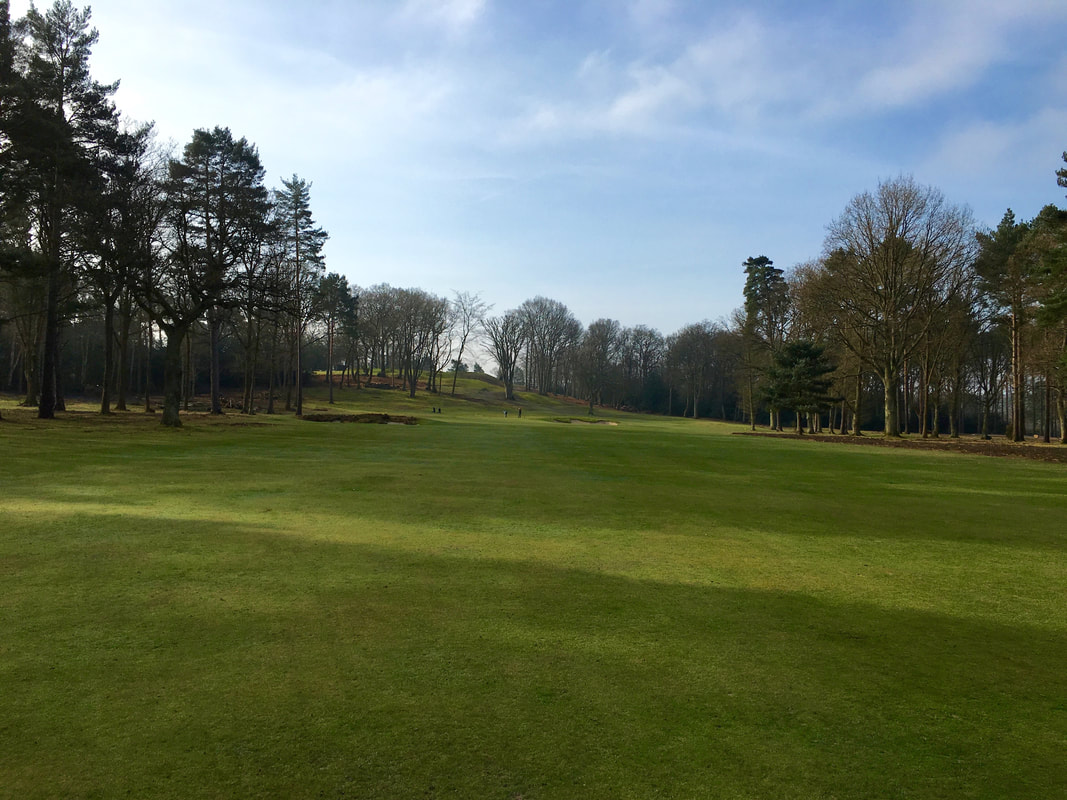
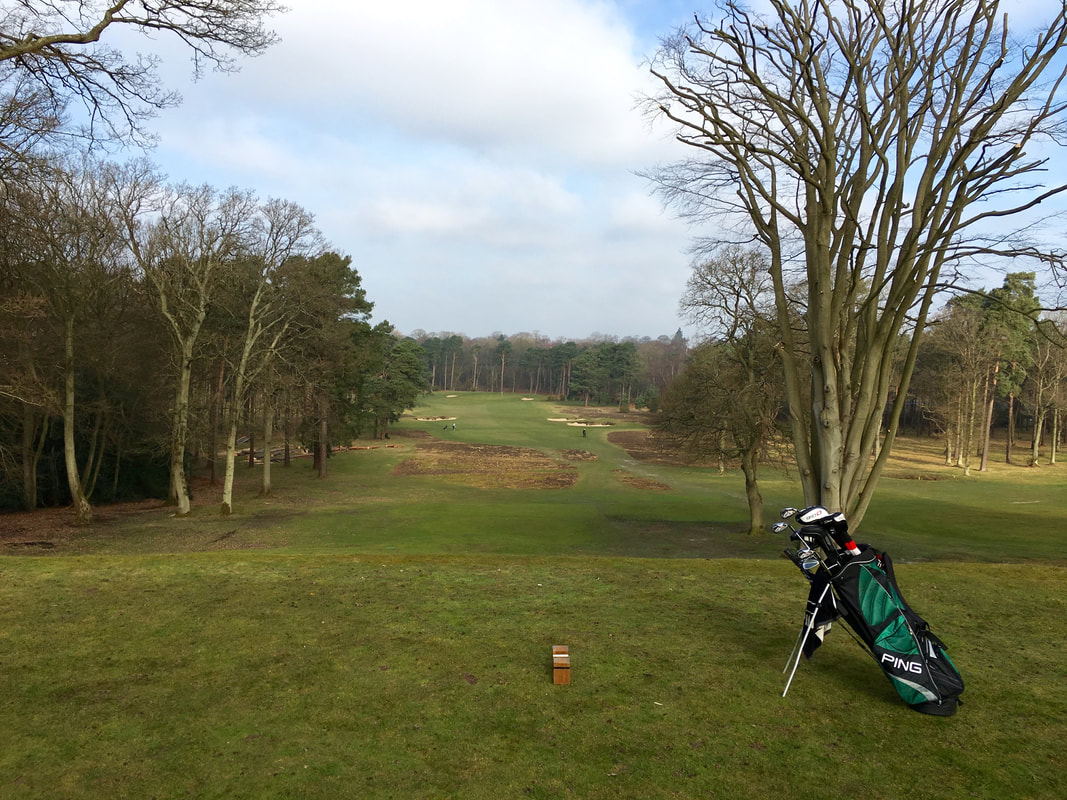
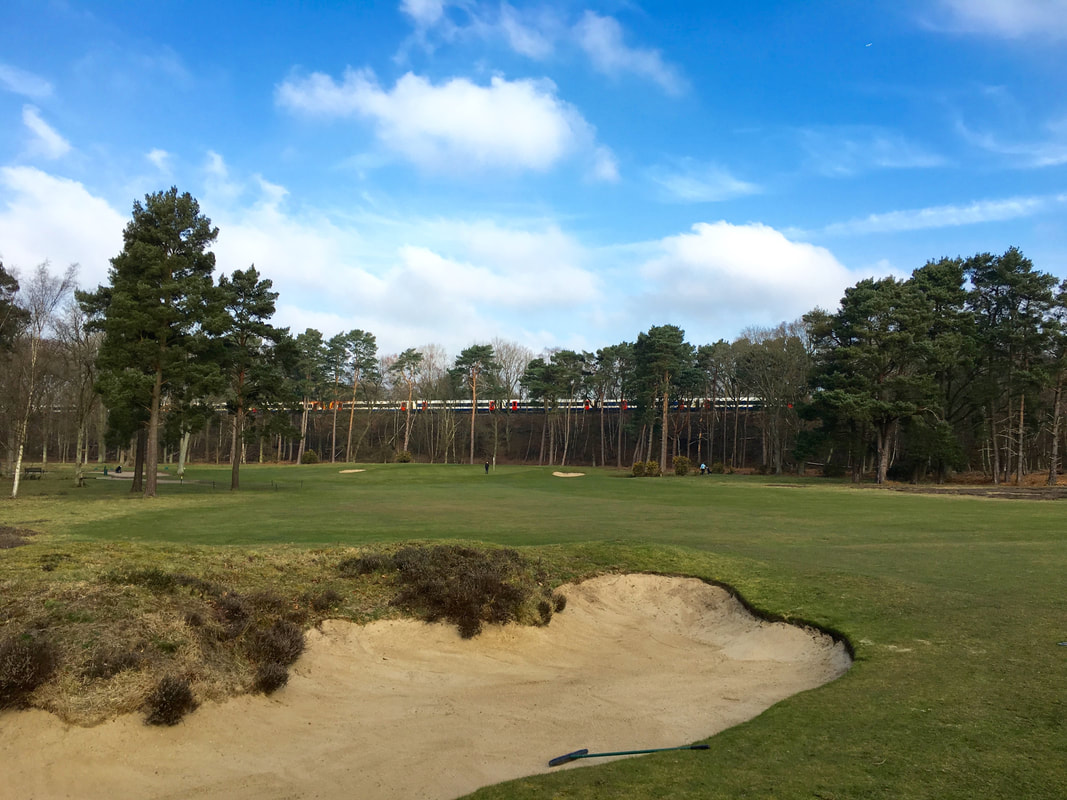

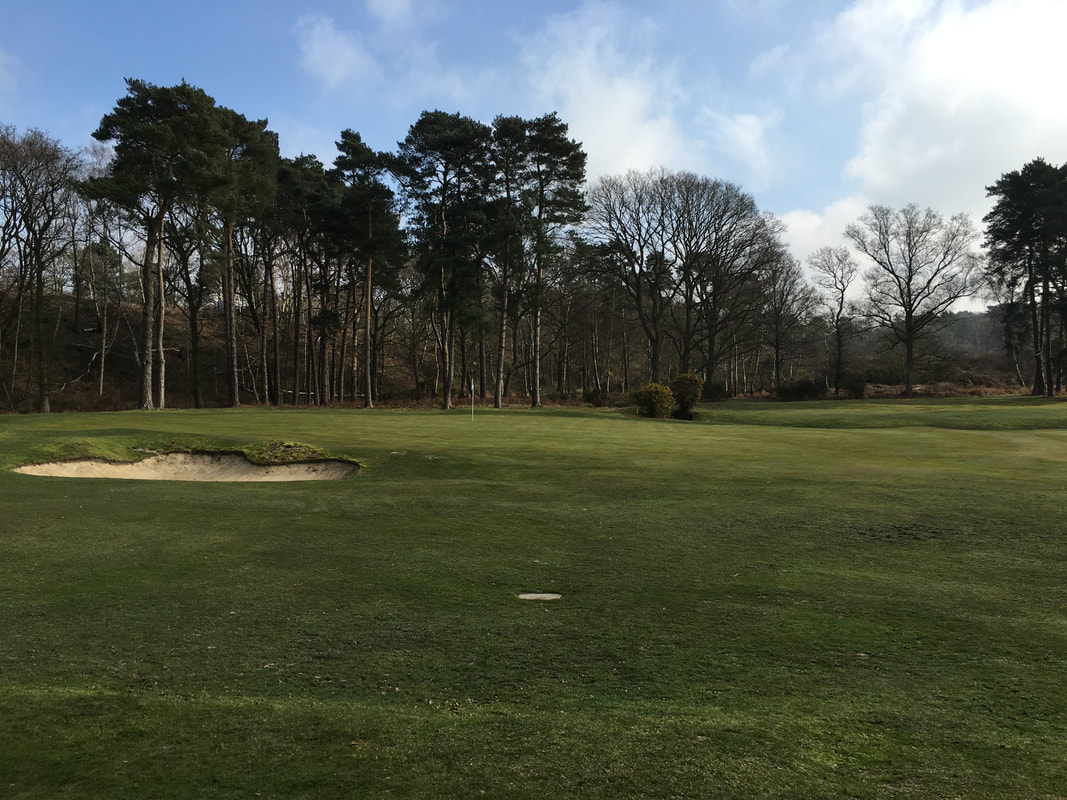
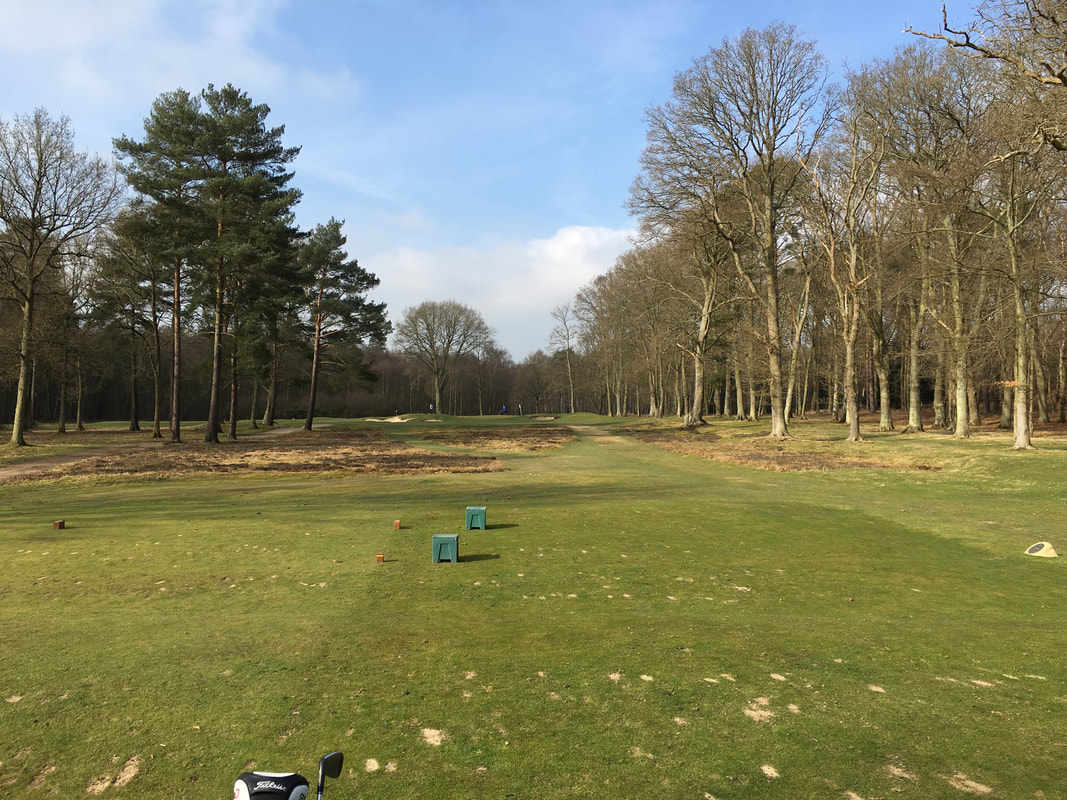
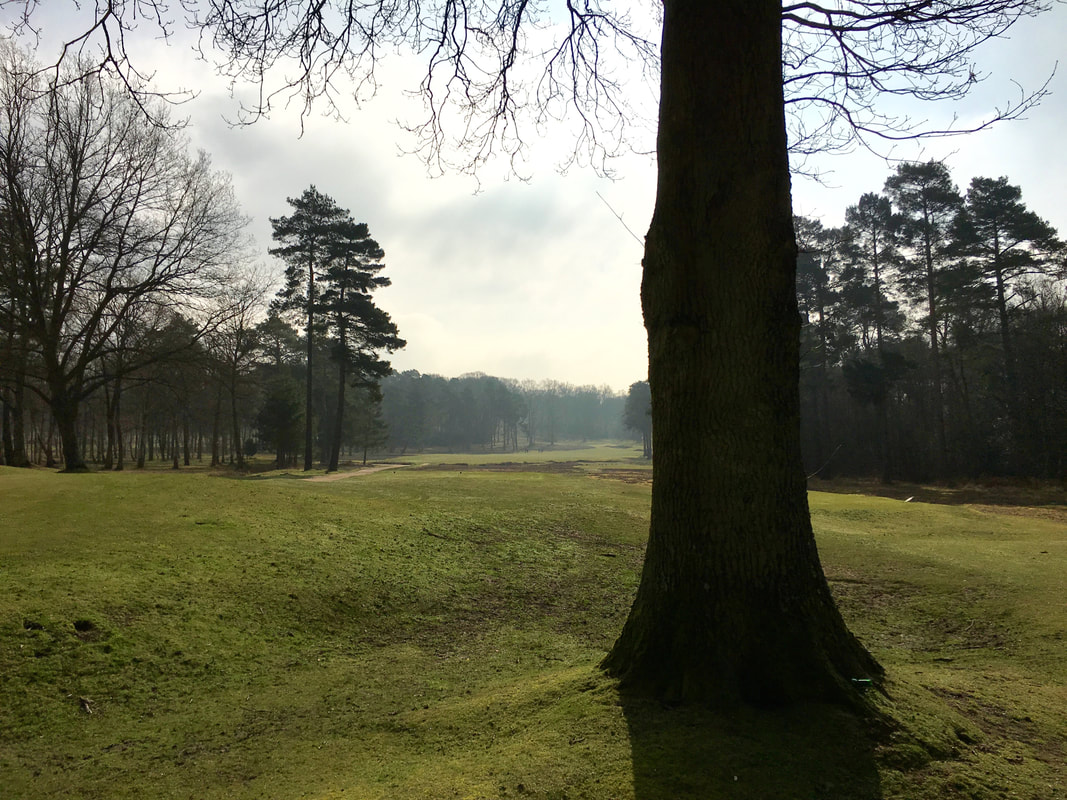
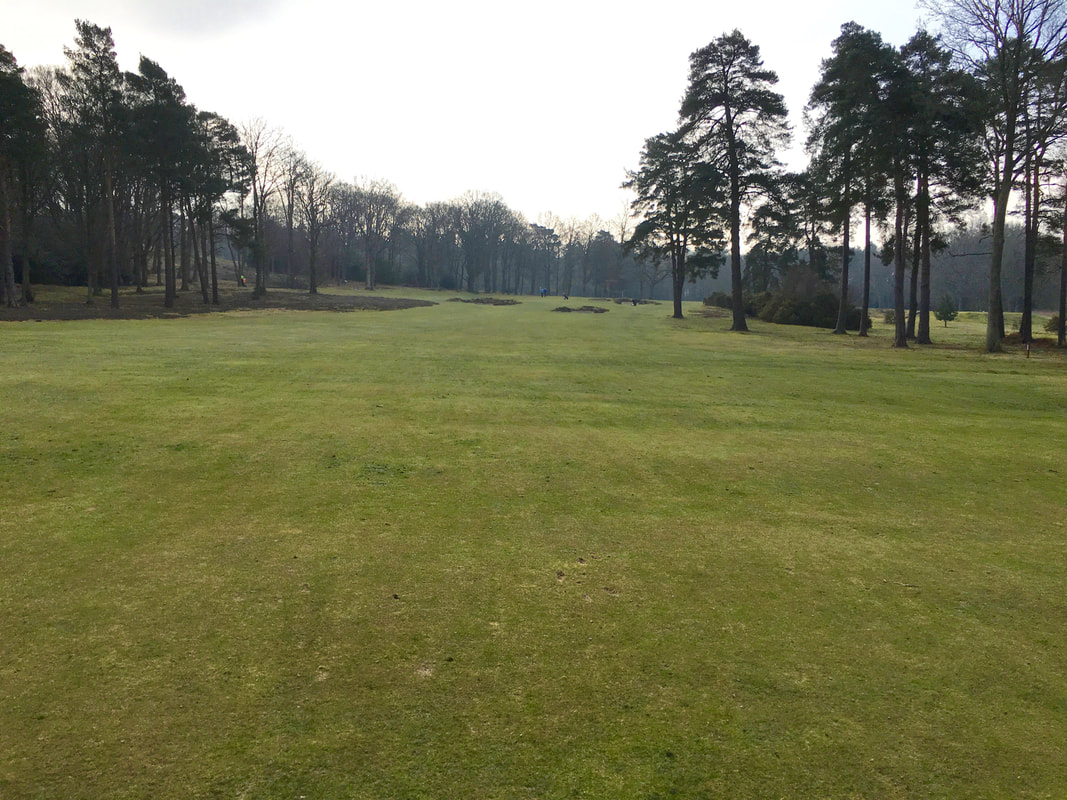
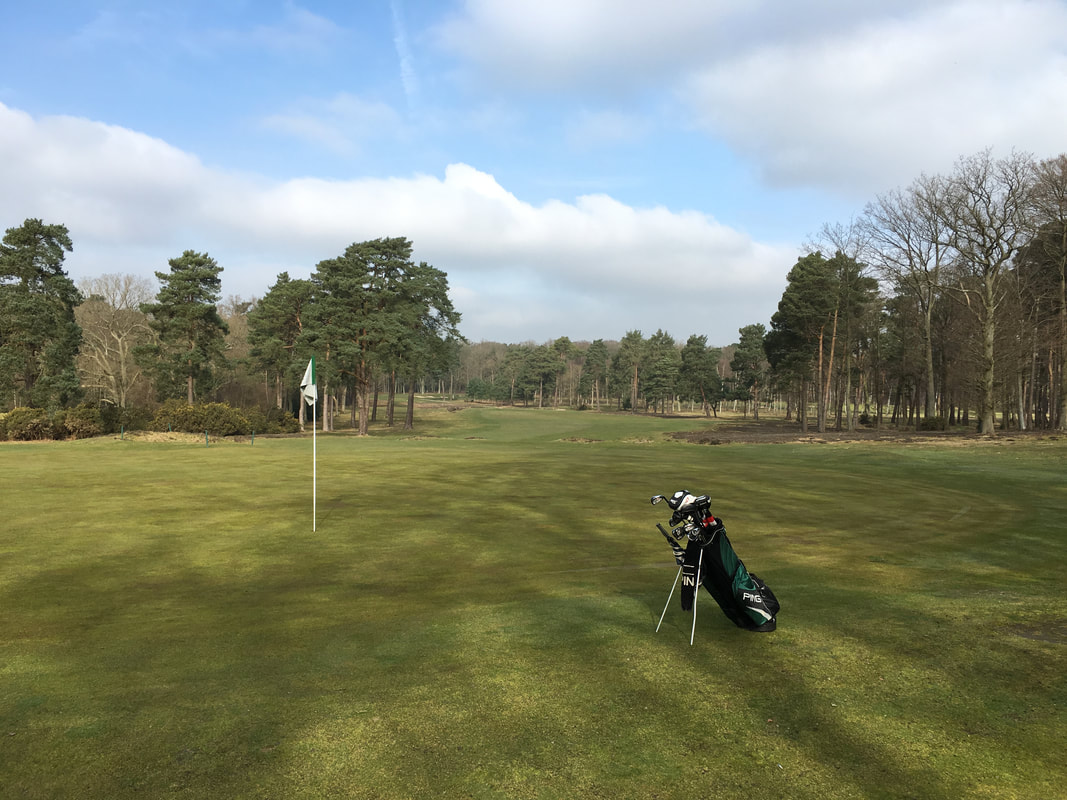
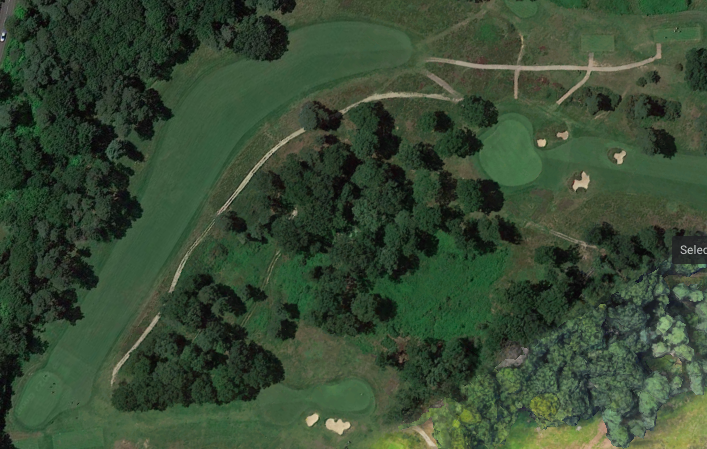
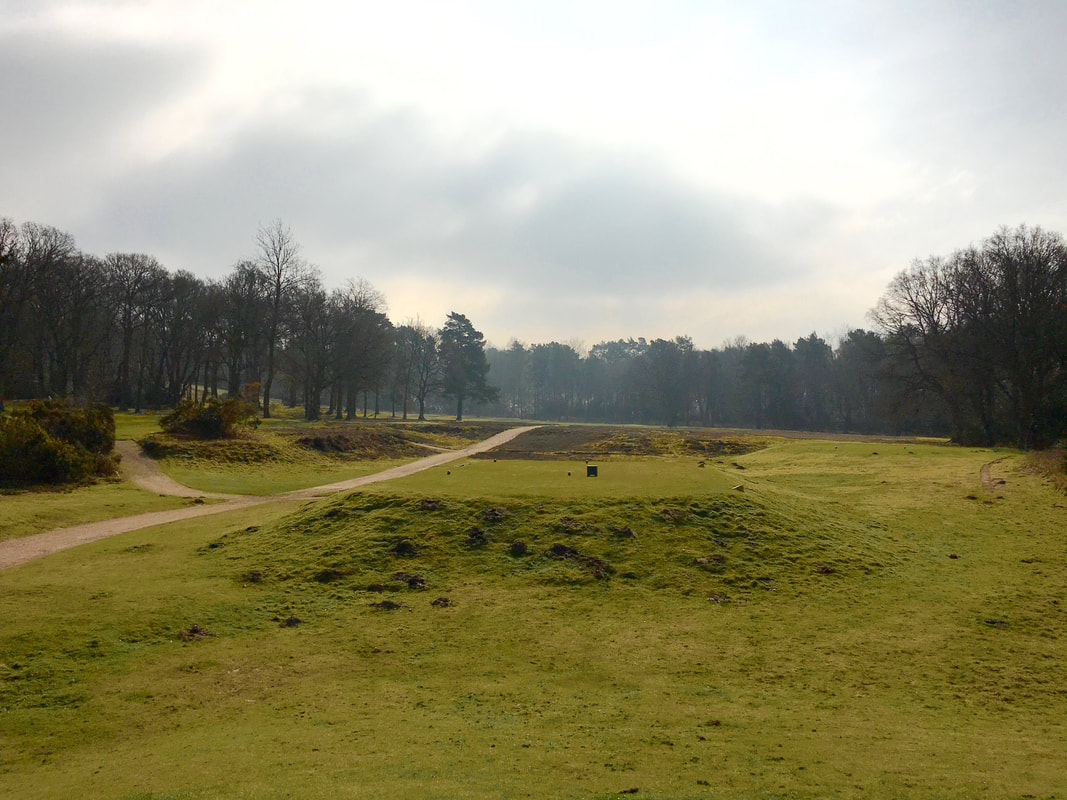
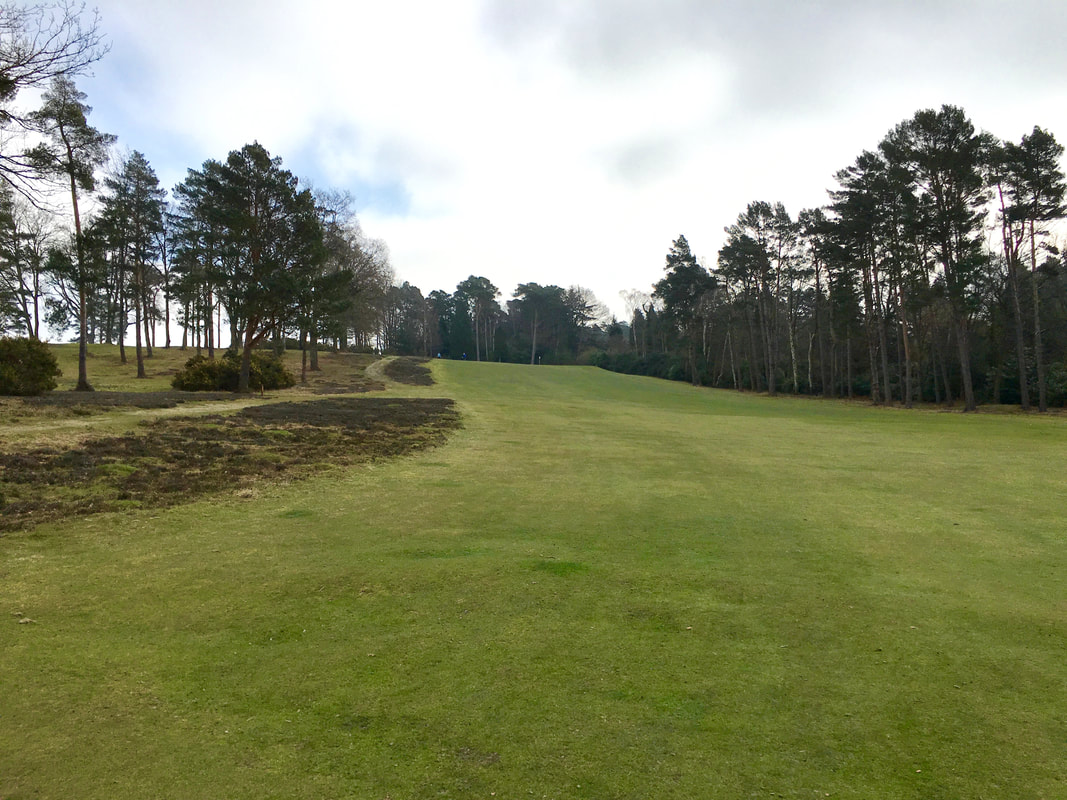
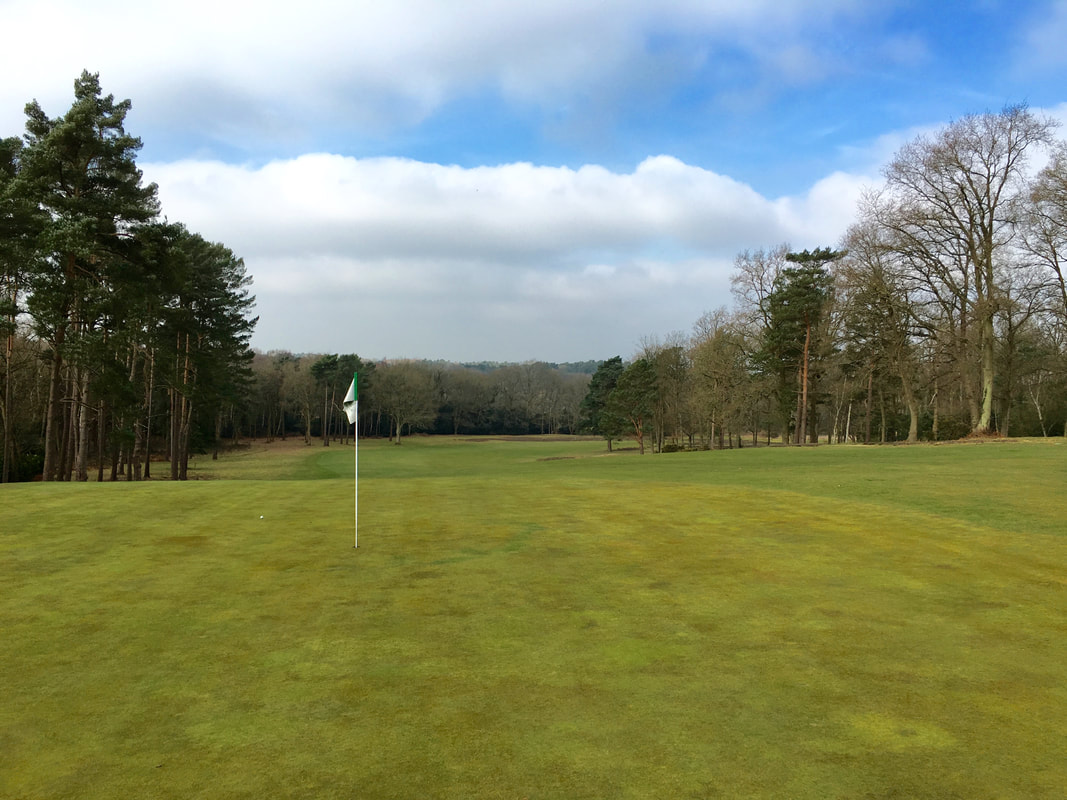
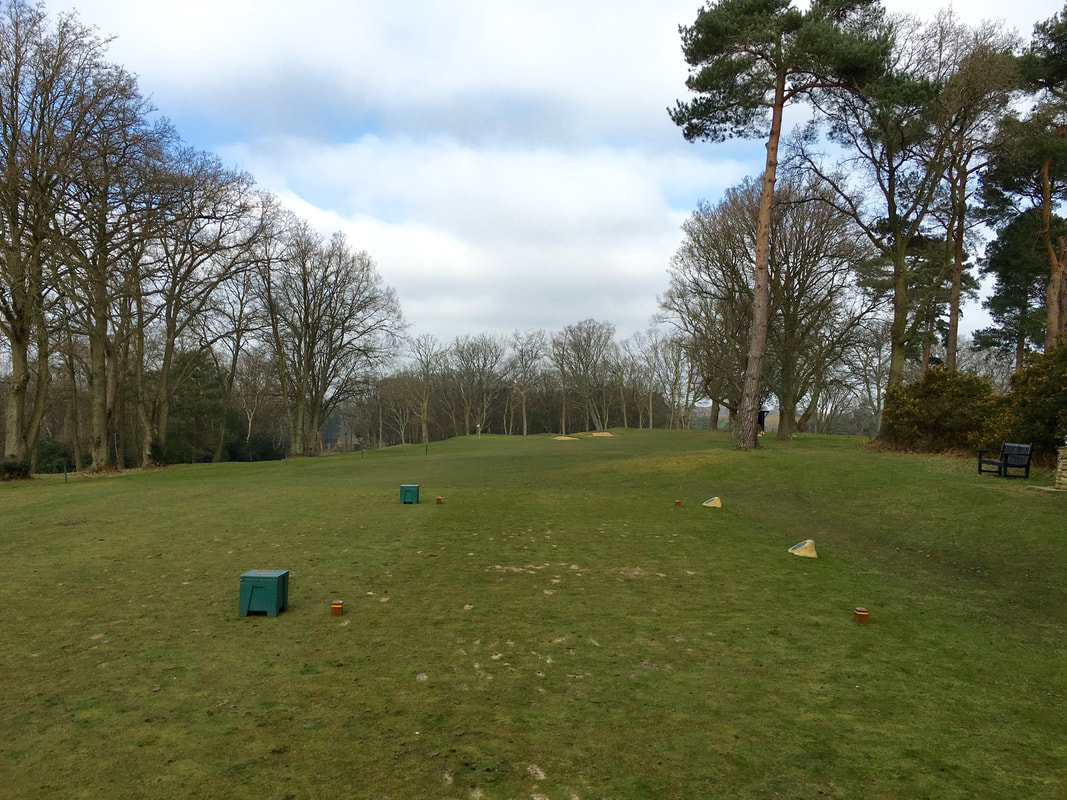
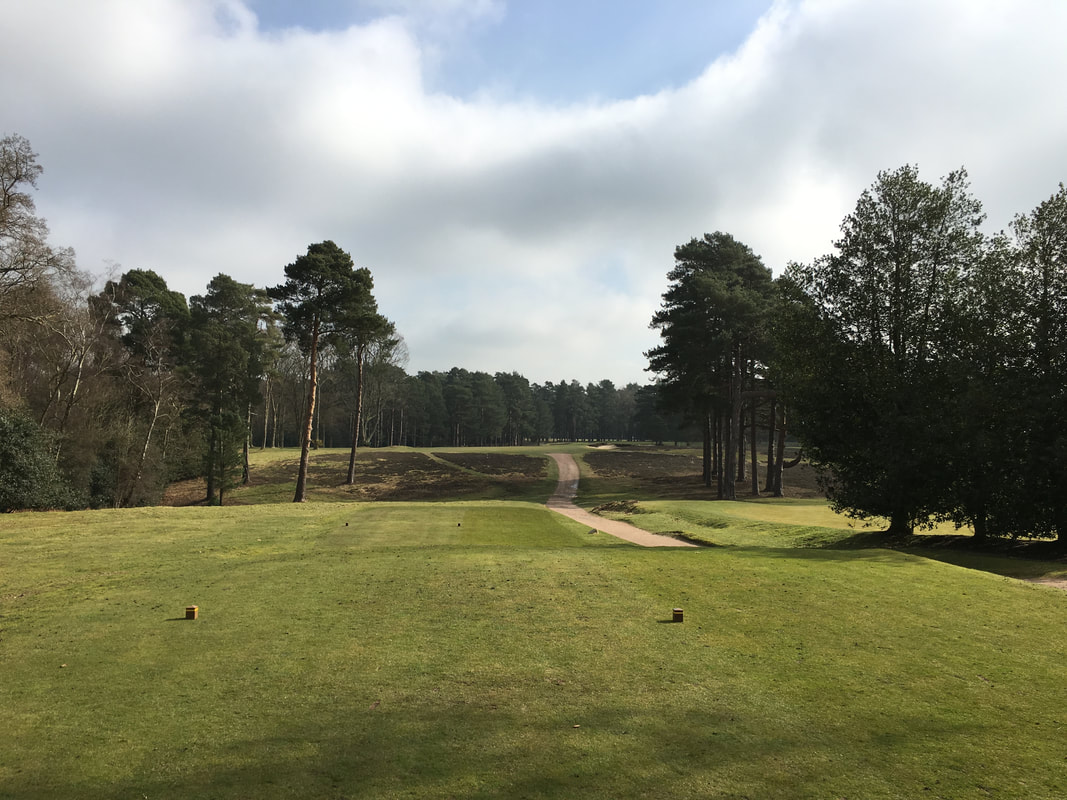
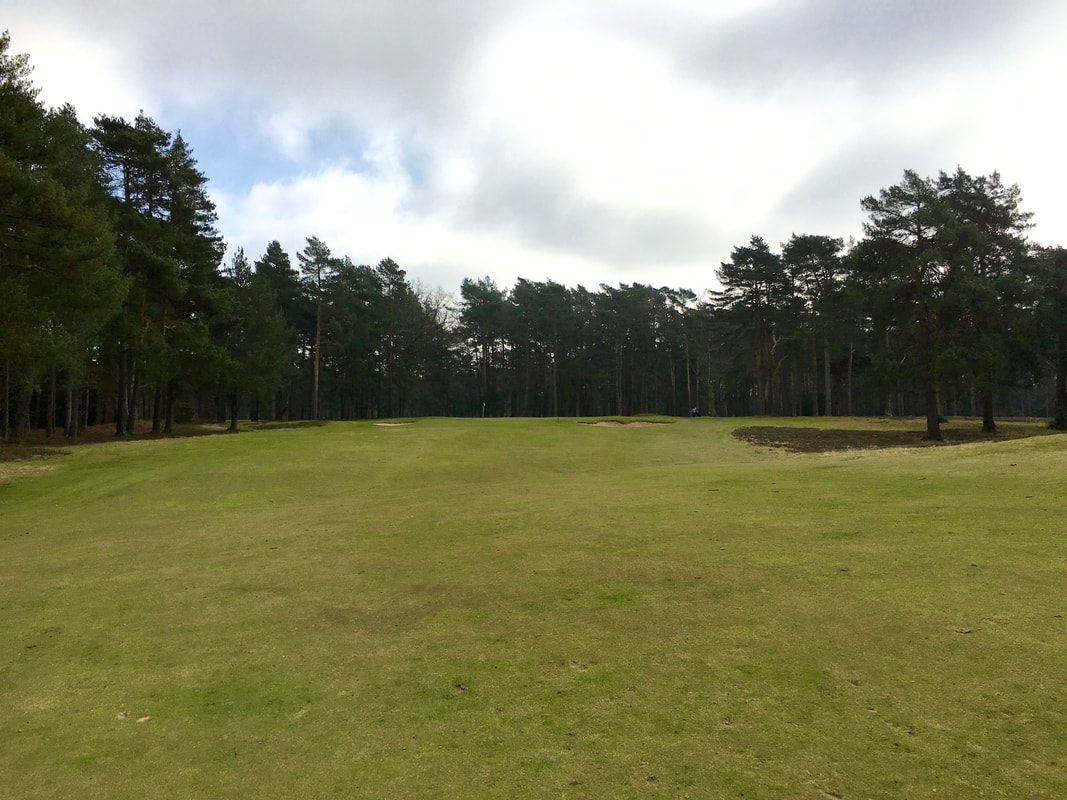
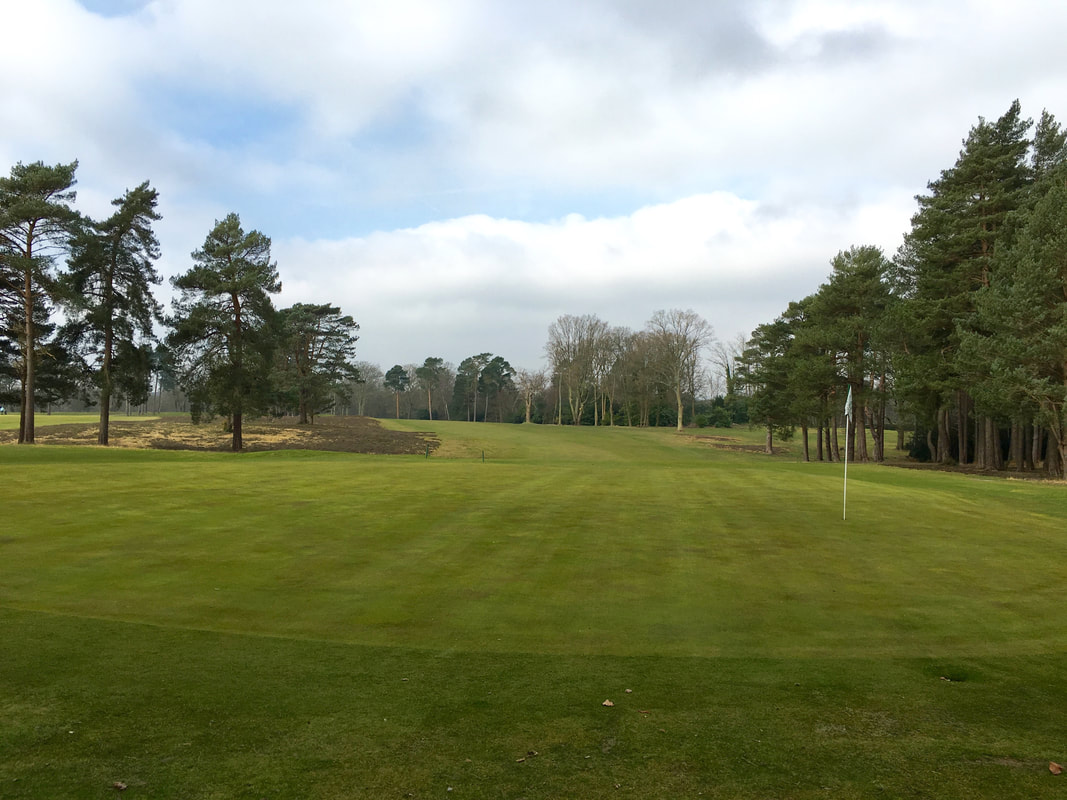
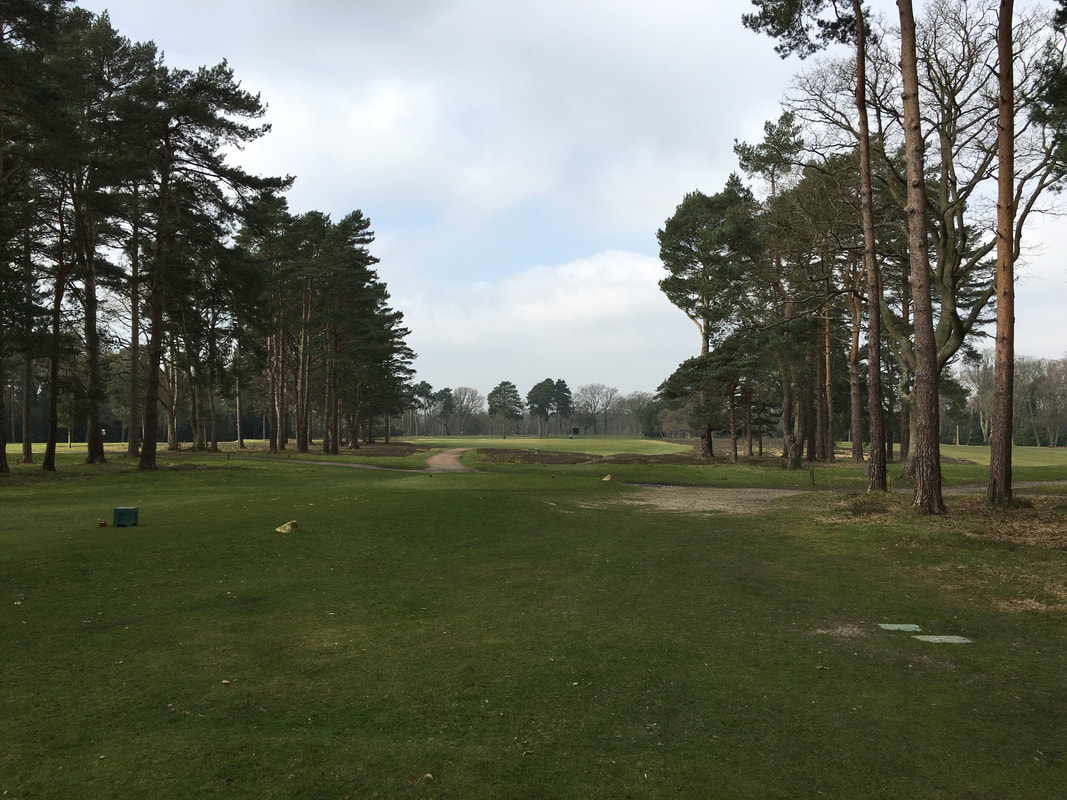
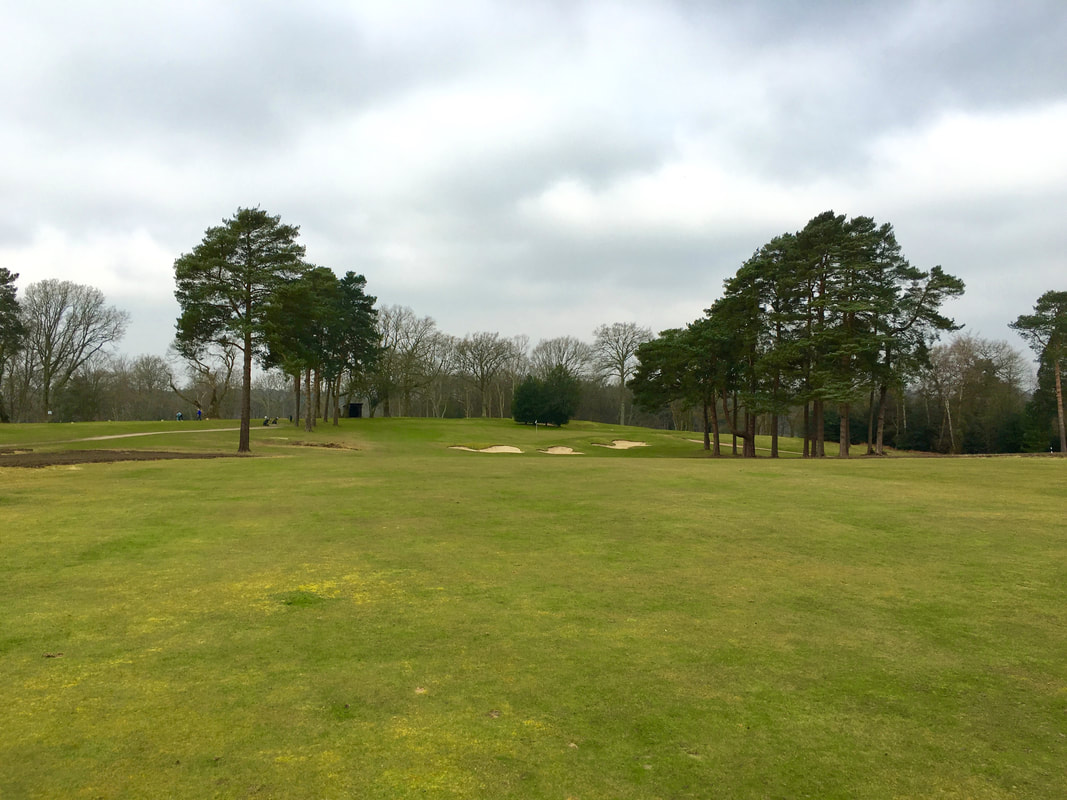
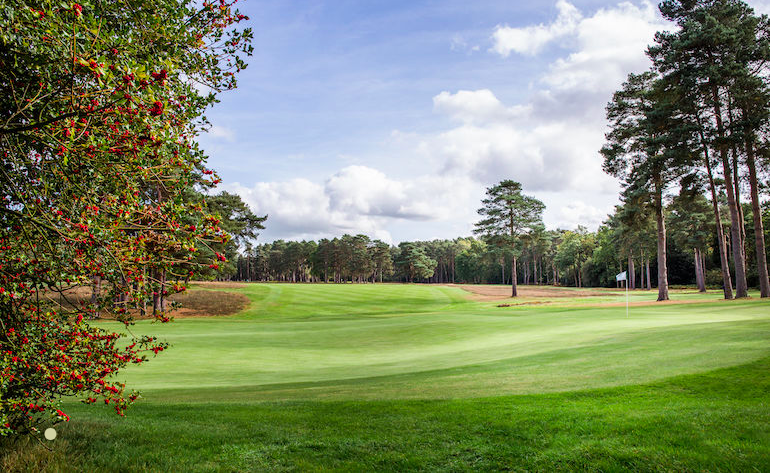
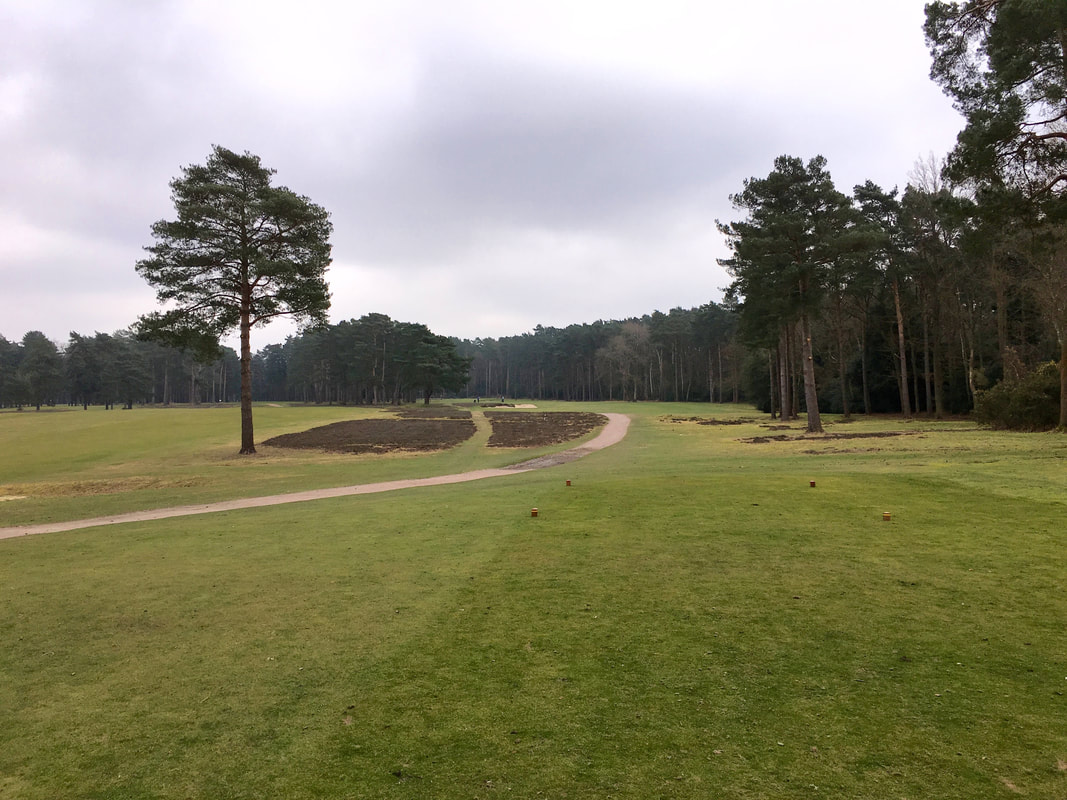
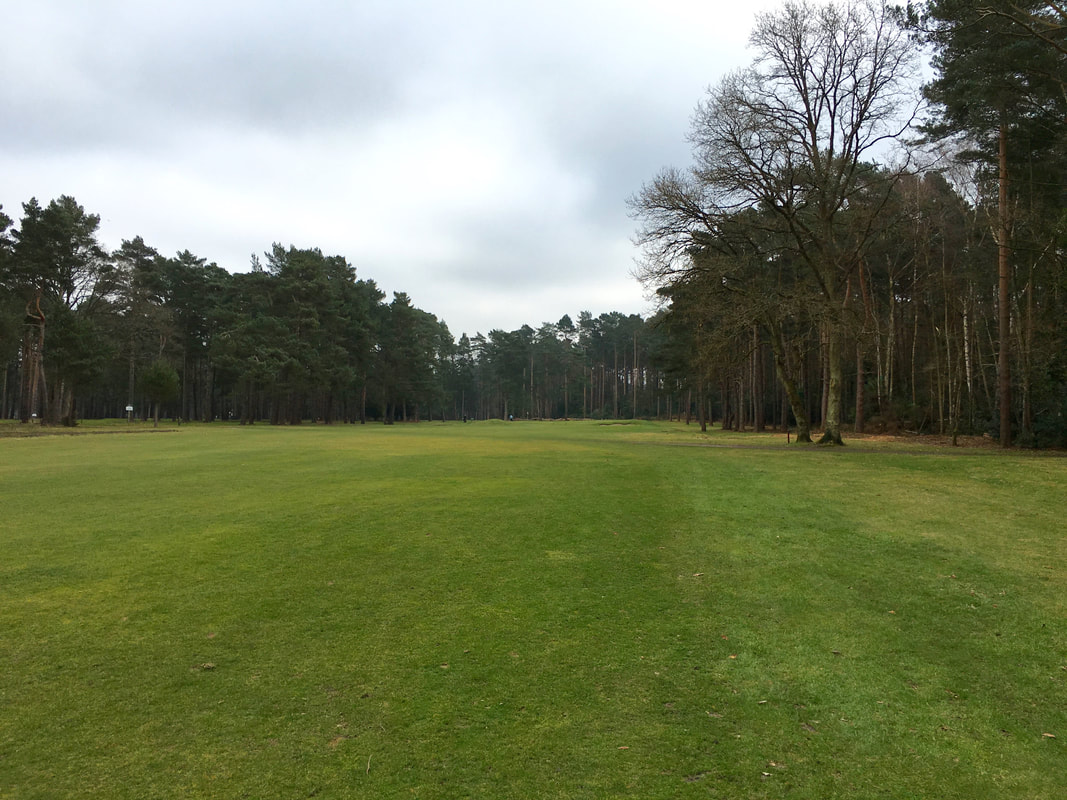
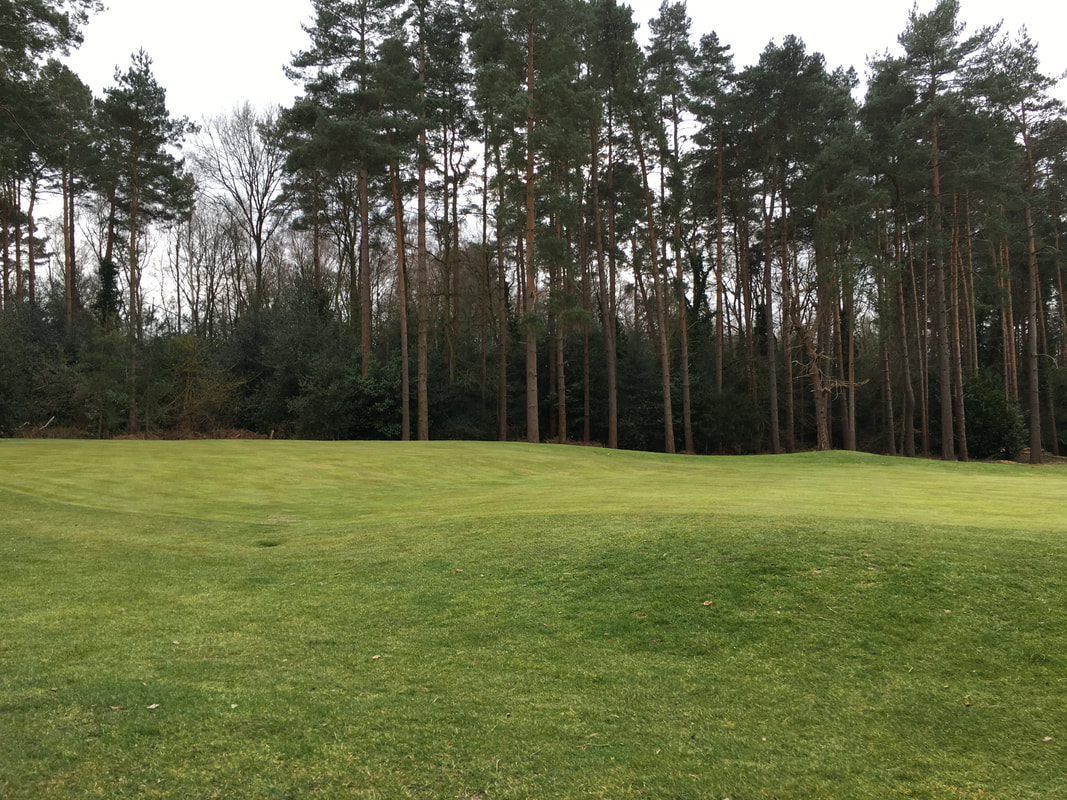
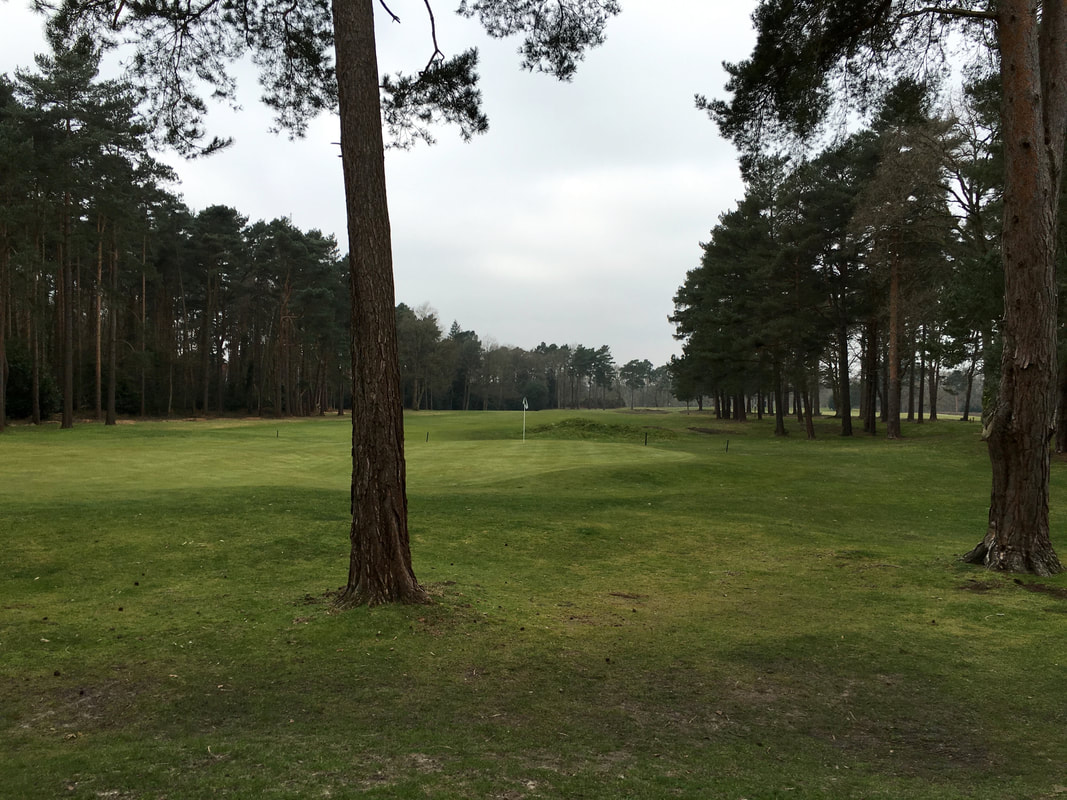
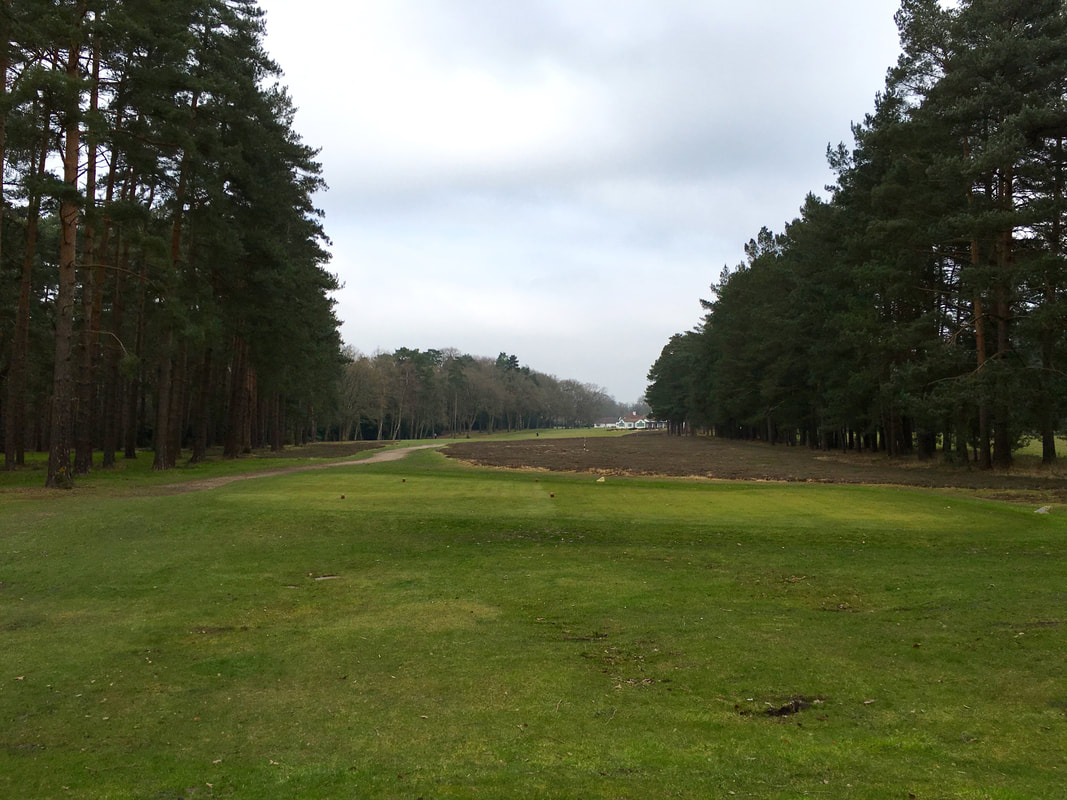
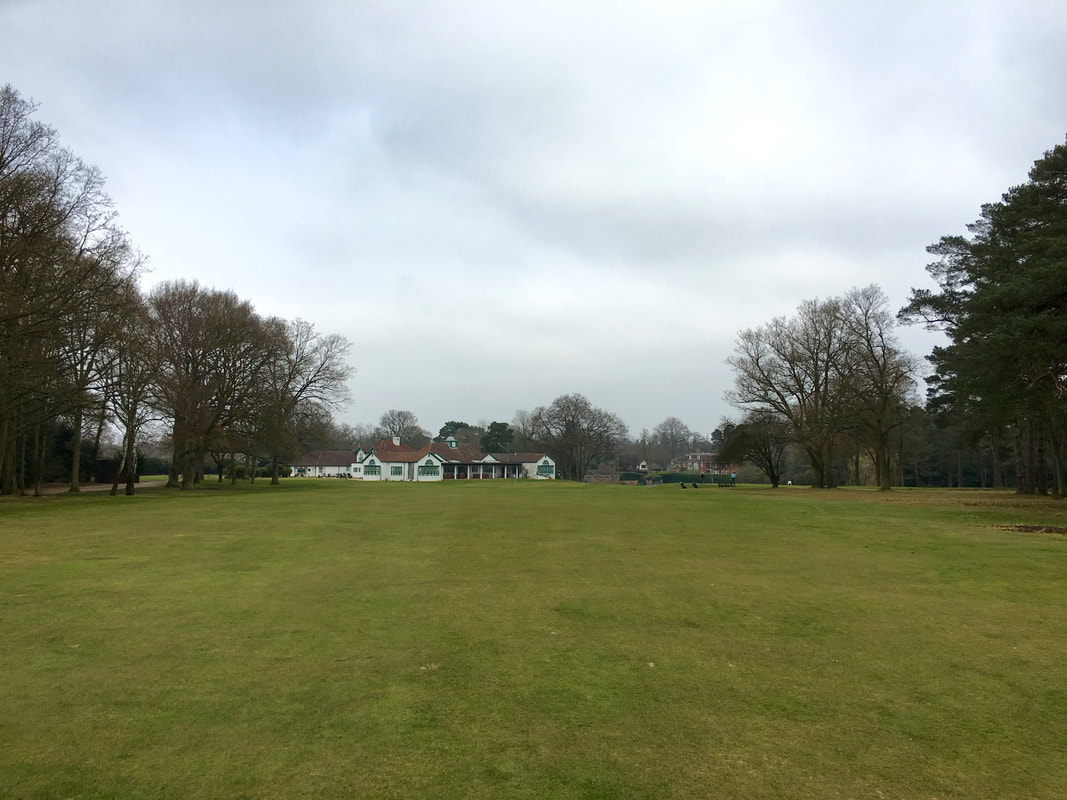
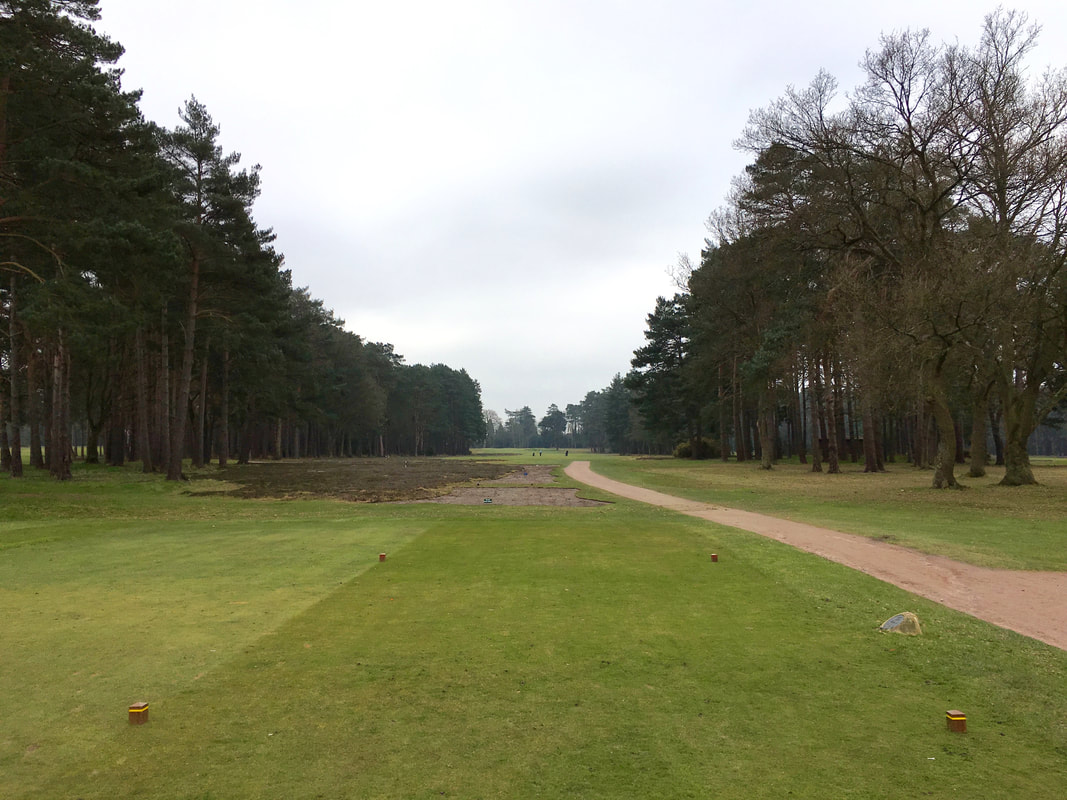
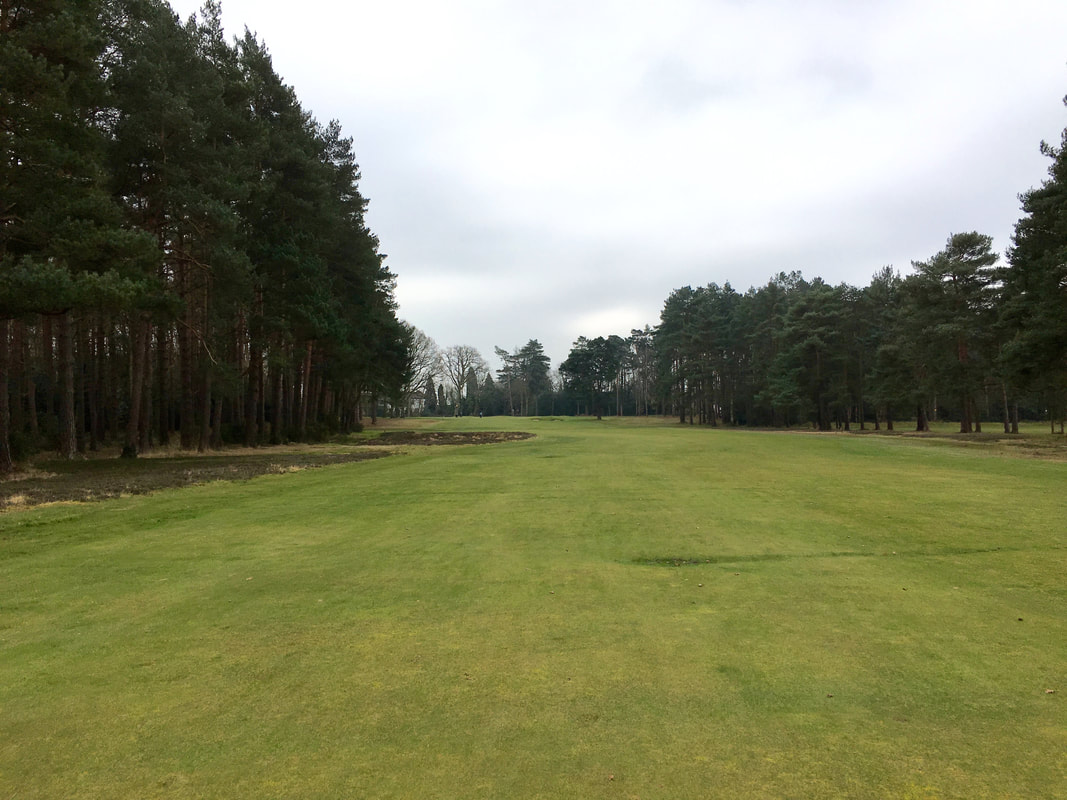
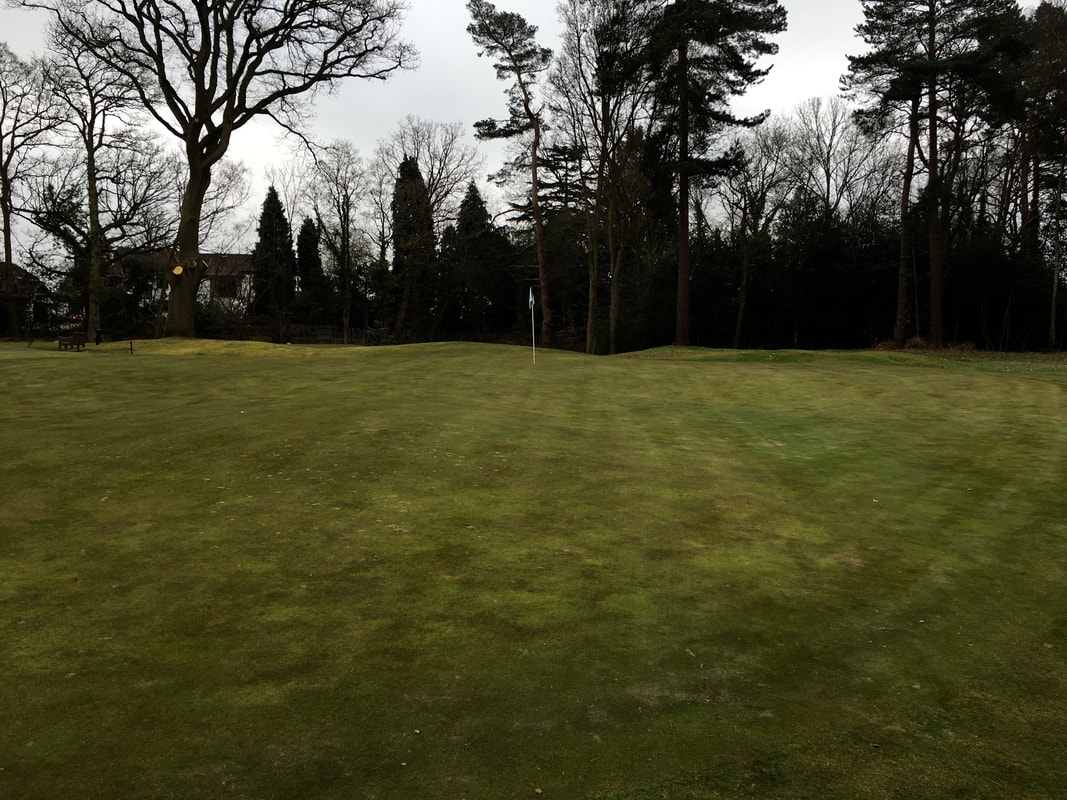
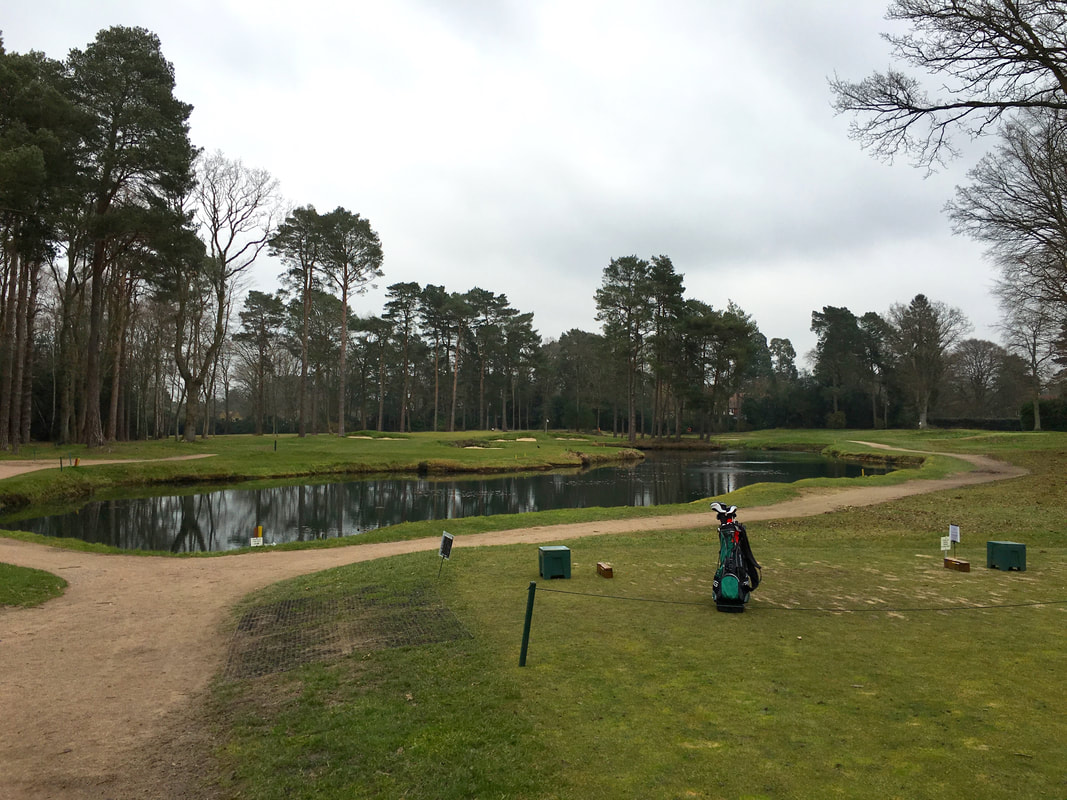
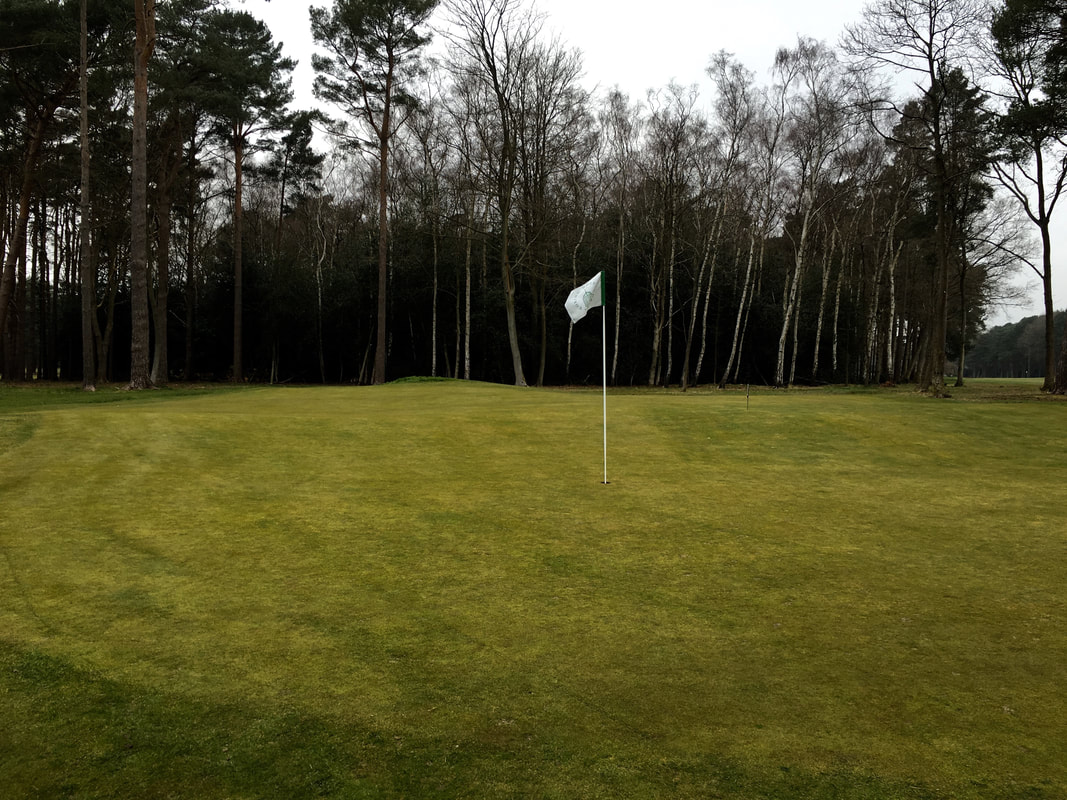
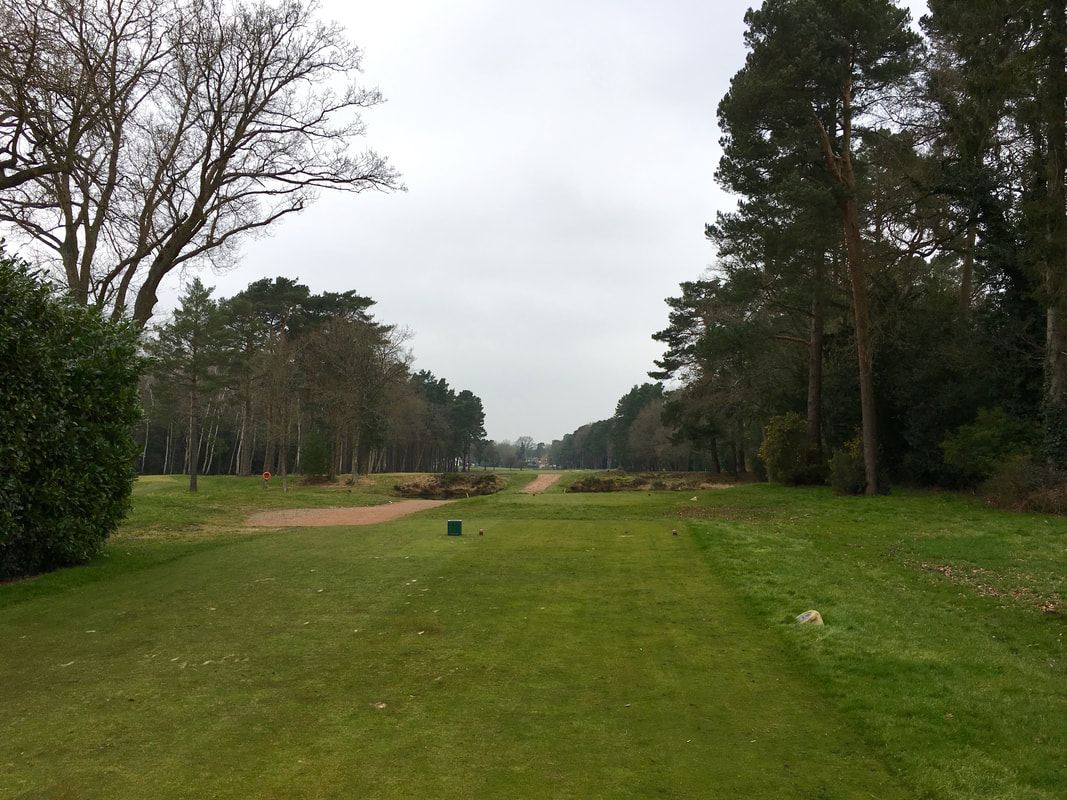
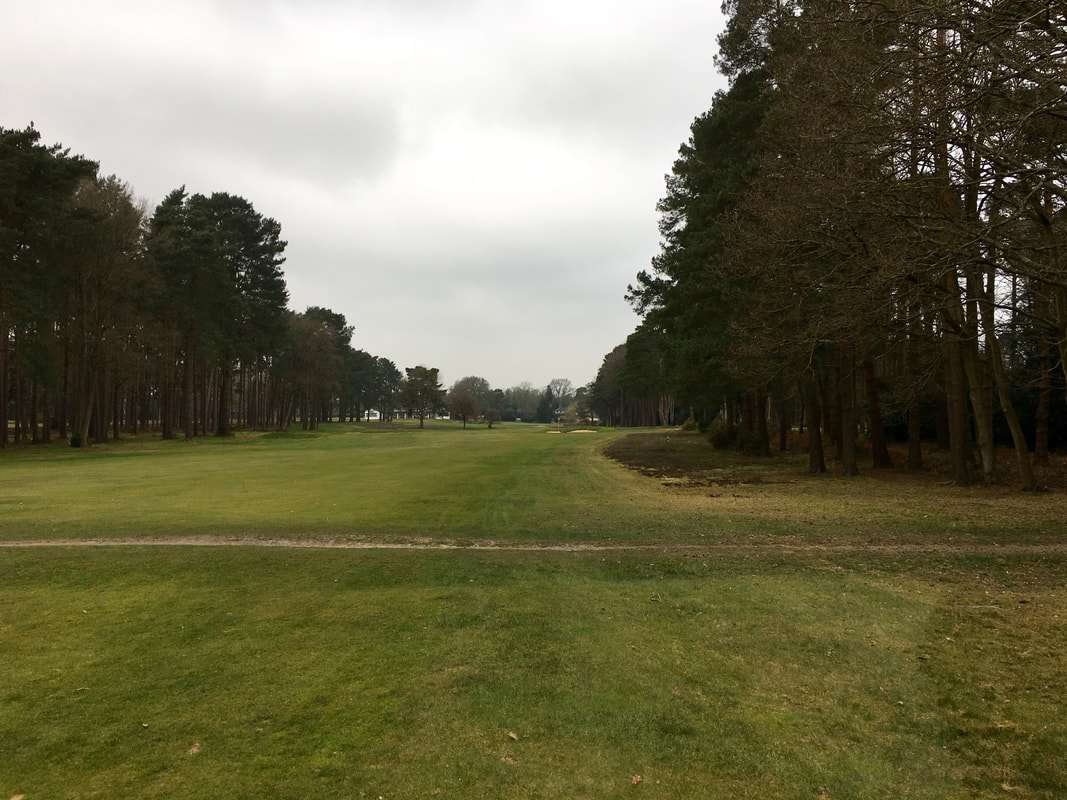
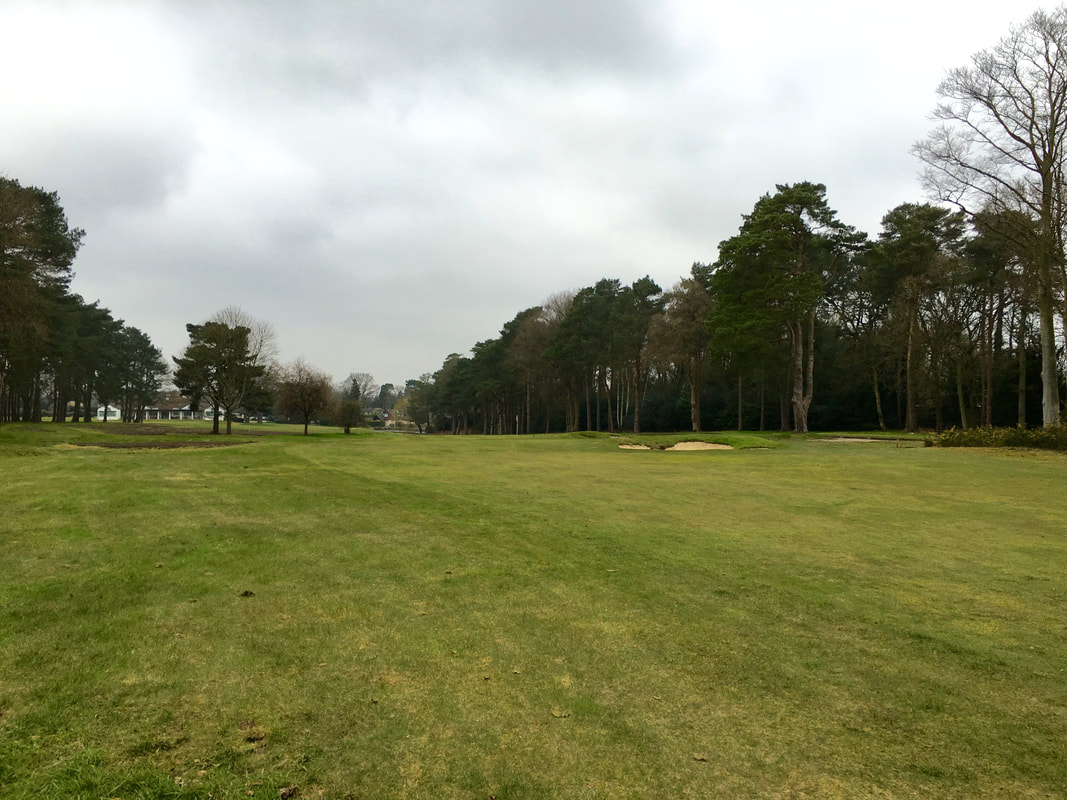
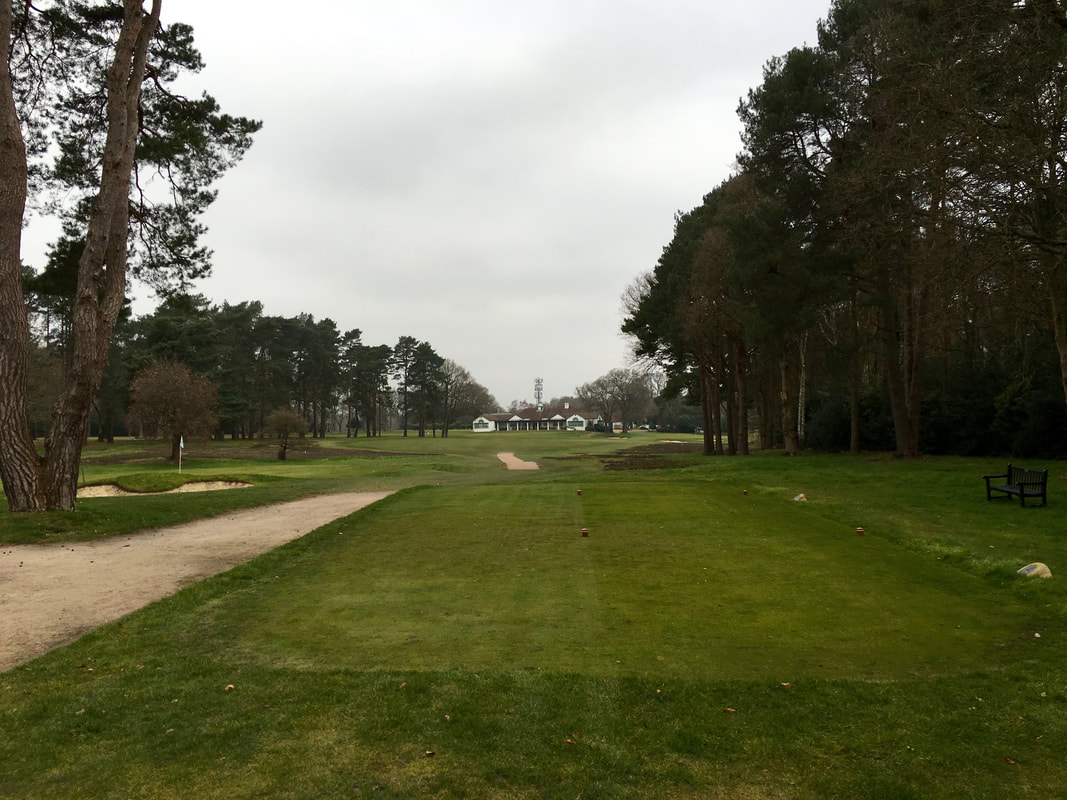
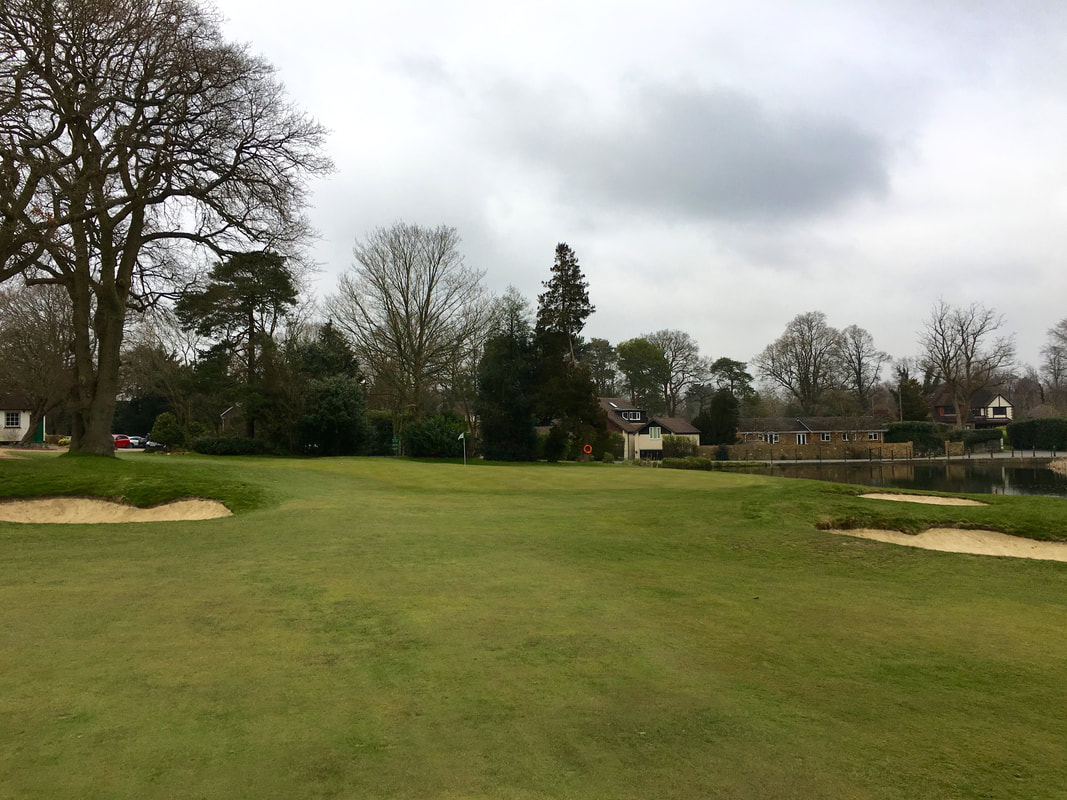
 RSS Feed
RSS Feed